Scandinavian kitchen design continues to captivate homeowners and designers alike with its blend of minimalism, warmth, and functionality. Key trends for 2025 emphasize a light, airy palette anchored by clean-lined cabinetry and natural wood accents, creating serene yet inviting spaces. Practicality remains paramount: handleless doors, integrated appliances, and smart storage solutions optimize workflow, while multipurpose islands and open shelving foster social interaction. Textural variety—from matte finishes to terrazzo surfaces—adds depth, and pops of color, such as butter yellow or soft pastels, inject personality without compromising calm. Sustainability features prominently through responsibly sourced materials and eco-friendly elements like terrazzo, as biophilic touches bring the outdoors in. Finally, emerging fusions—such as Scandinavian-Wabi-Sabi and Japandi—champion imperfection and handcrafted details, offering fresh, timeless takes on Nordic kitchen aesthetics.
1. Minimalist Layouts
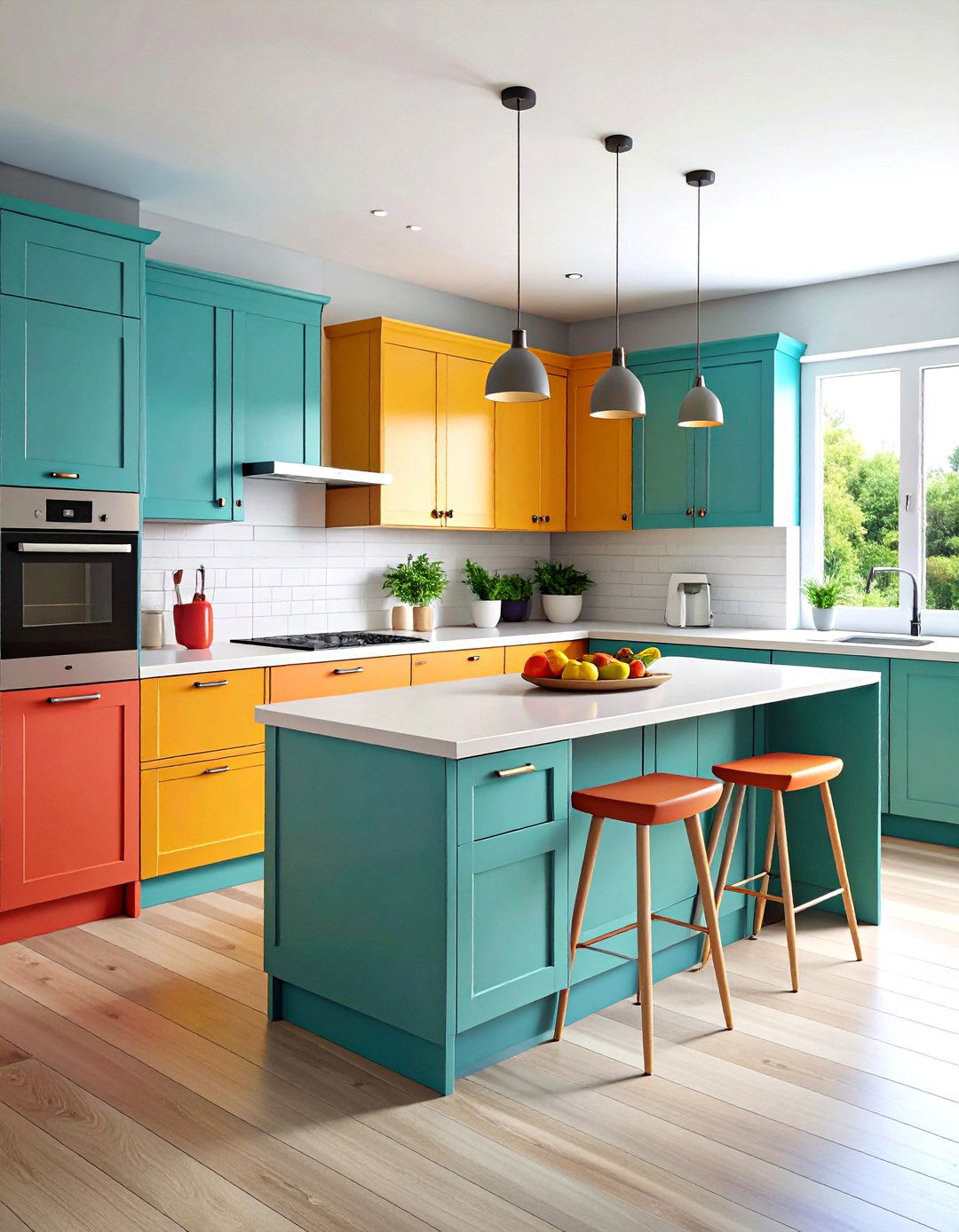
Scandinavian kitchens epitomize minimalist elegance, emphasizing open, airy layouts free from unnecessary ornamentation. This approach prioritizes functionality by allowing efficient workflow and easy navigation between work zones. Designers often employ clean-lined cabinetry and uncluttered countertops to maintain a sense of visual calm. Integrated storage solutions—such as pull-out pantries and hidden drawers—help conceal gadgets and utensils, preserving the kitchen’s streamlined aesthetic. The result is a space that feels both serene and highly practical, reflecting the Scandinavian ethos of “hygge,” or cozy simplicity.
2. Light Color Palettes
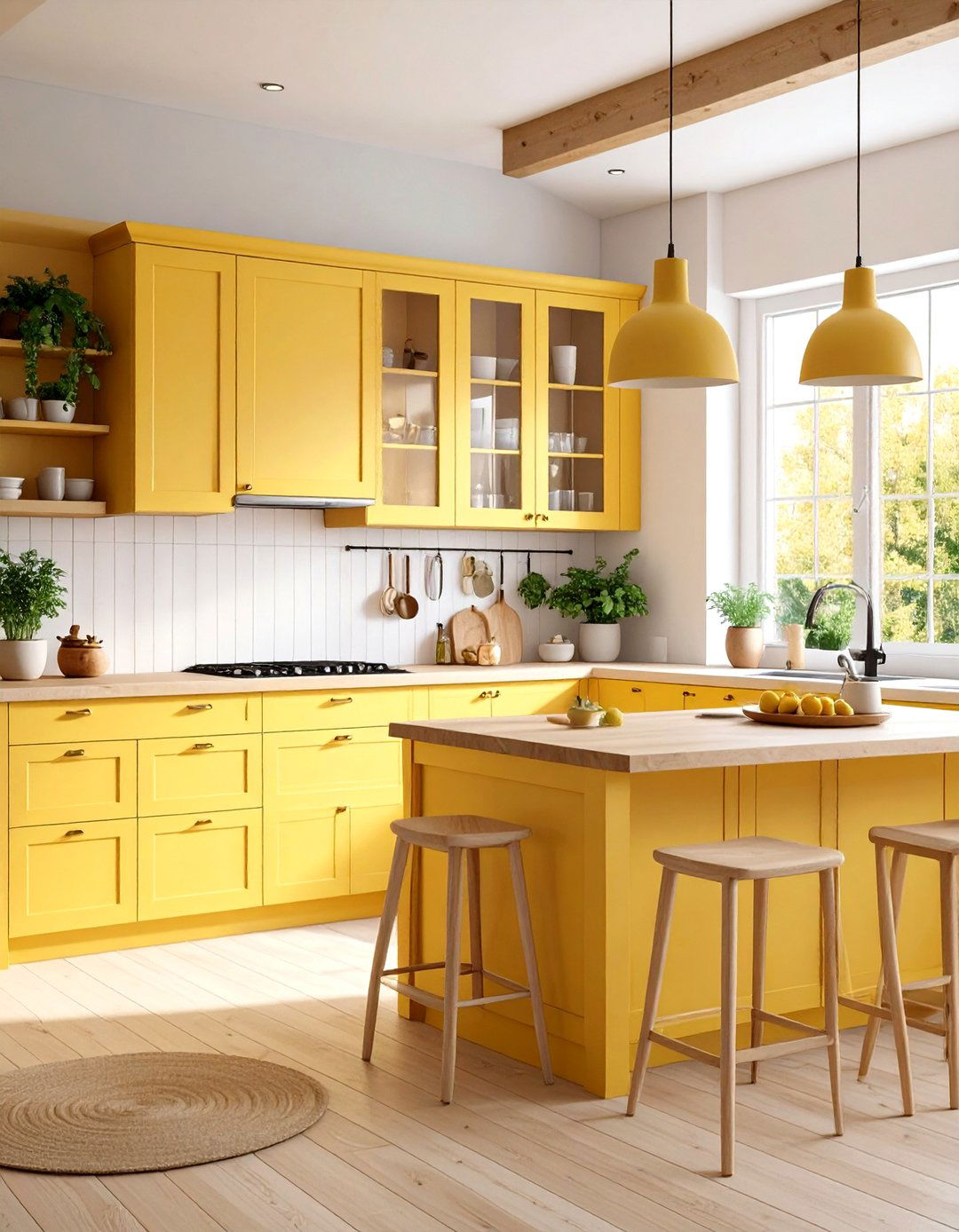
A hallmark of Scandinavian kitchens is the predominance of light, neutral hues—crisp whites, soft grays, and creamy off-whites—which maximize the perception of space and brightness. Recent trends have introduced gentle pastel tones and nostalgic butter yellow as accent colors, offering a warm, uplifting alternative to cooler palettes. These muted shades serve as a versatile backdrop, allowing wood textures, metallic hardware, and greenery to stand out. Whether painted walls or colored cabinetry, a light palette ensures the kitchen remains an inviting, sun-filled hub.
3. Natural Wood Accents
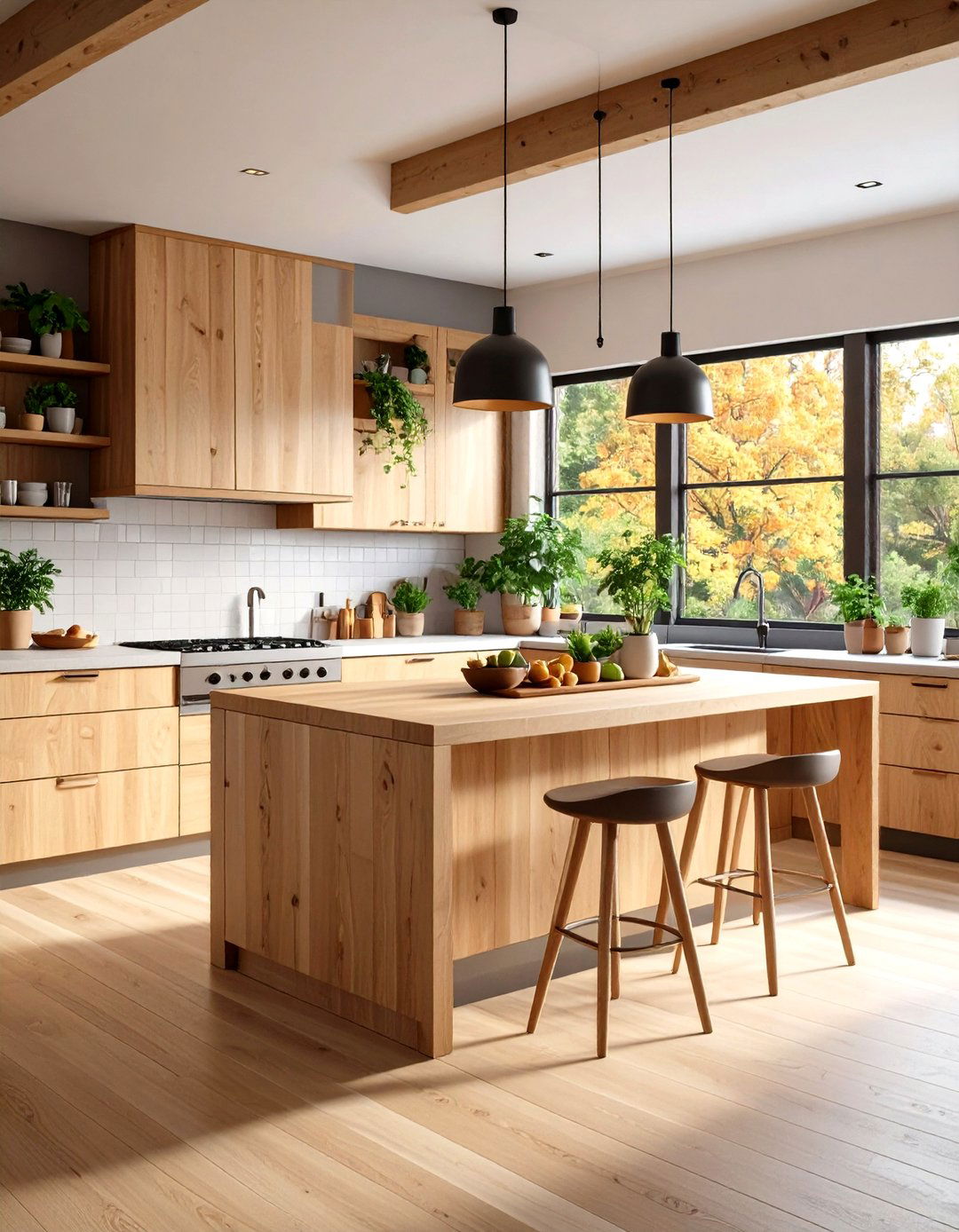
Incorporating natural wood brings warmth and character to Scandinavian kitchens, with materials like oak, birch, and walnut dominating countertops, floors, and cabinetry. Sustainable, responsibly sourced timber emphasizes environmental responsibility while adding organic texture and subtle grain variations. Wood beams or ceiling panels seamlessly connect the kitchen to surrounding living areas, fostering a cohesive design flow. Pairing wood with neutral finishes highlights its beauty and ensures the space feels both timeless and inviting.
4. Handleless Cabinetry
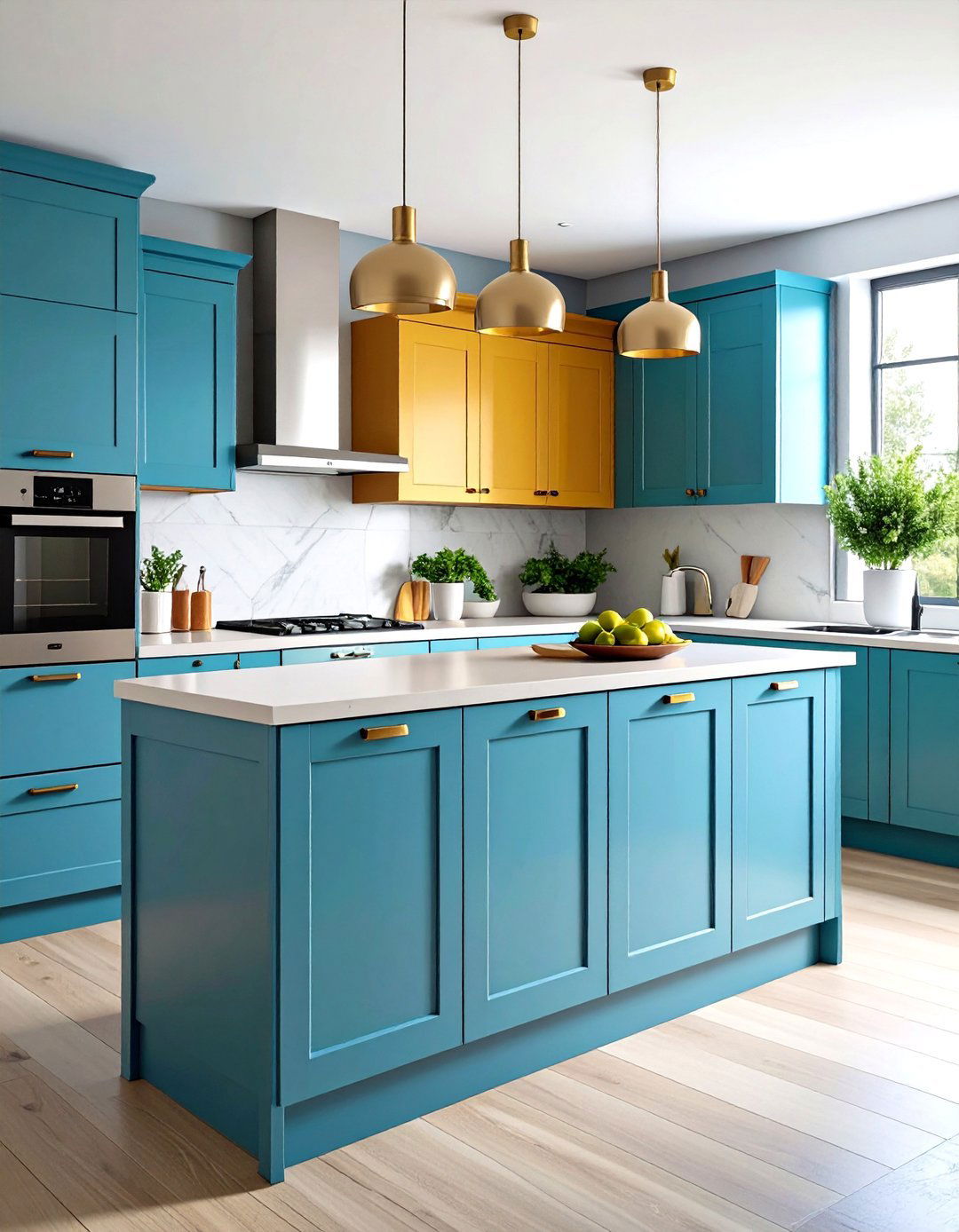
Handleless cabinetry has become a go-to for achieving sleek, uninterrupted surfaces in modern Scandinavian kitchens. Push-to-open mechanisms and recessed finger grooves eliminate the visual clutter of knobs or pulls, reinforcing the minimalist ethos. Beyond aesthetics, handleless designs simplify cleaning and maintenance by removing protruding hardware. Available in various materials—from matte lacquers to tactile wood veneers—this approach caters to diverse tastes while maintaining the streamlined look beloved in Nordic interiors.
5. Open Shelving
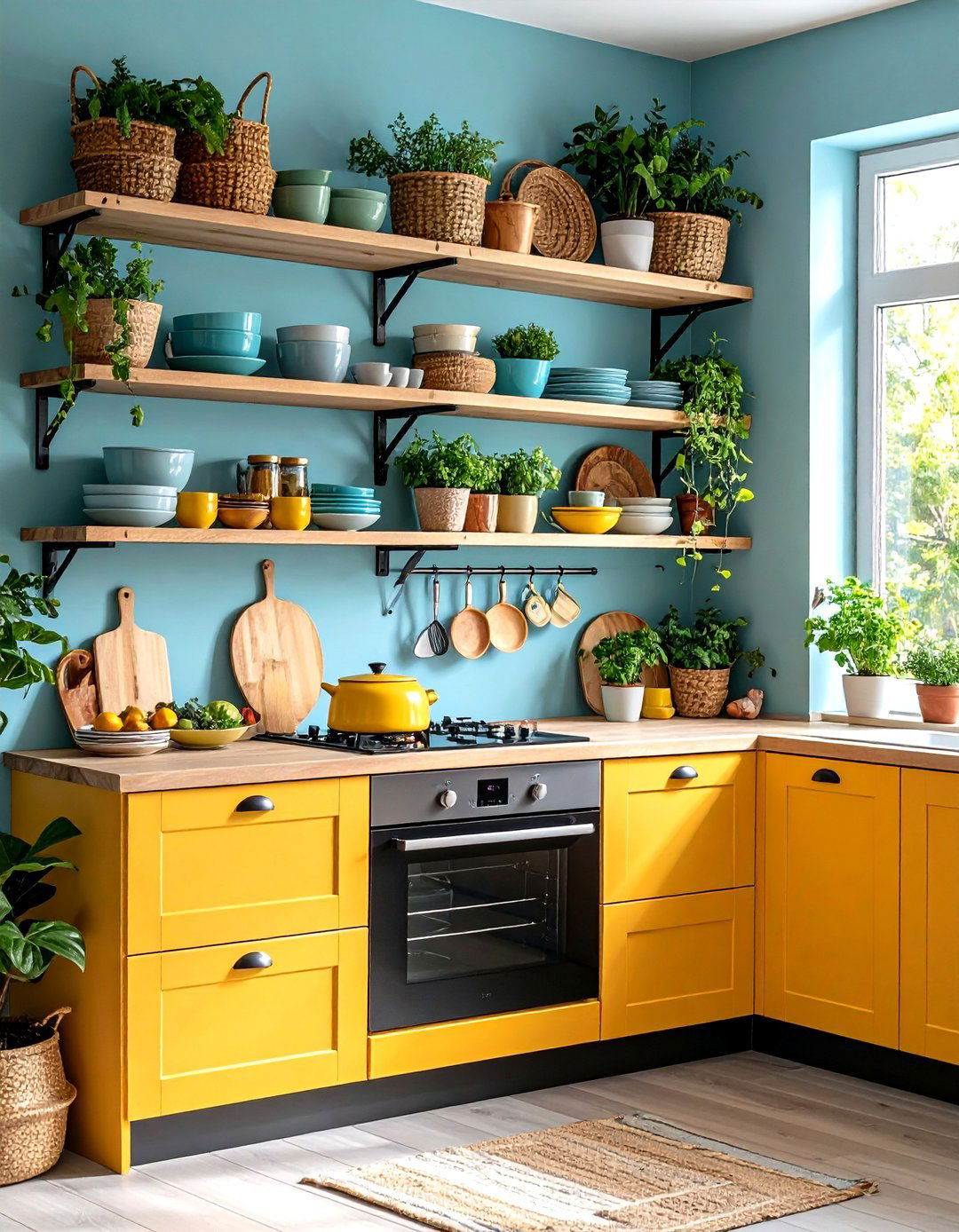
Open shelving offers a practical and decorative solution in Scandinavian kitchens, allowing homeowners to display curated dishware and cookbooks while keeping essentials within easy reach. Floating wood or metal shelves break up solid planes of cabinetry, adding visual interest and depth. To avoid clutter, designers recommend limiting displayed items to a cohesive color scheme or material palette. Incorporating baskets and ceramic jars can further organize supplies, balancing functionality with refined style.
6. Integrated Appliances
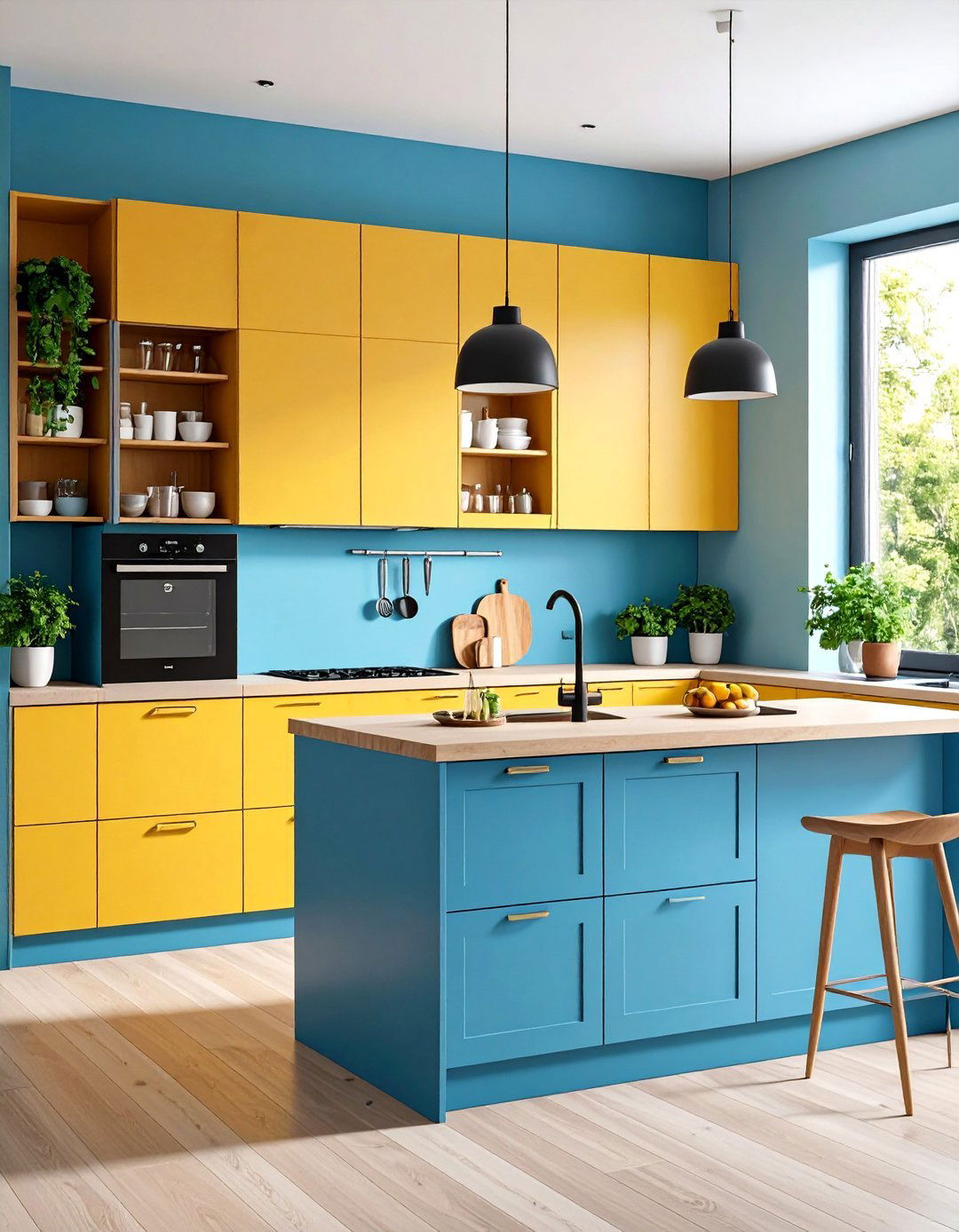
Maintaining clean lines and coherent color schemes often involves integrating appliances seamlessly into cabinetry. Fridges, dishwashers, and ovens hidden behind matching panels contribute to a unified visual field, while flush-mounted cooktops and undermount sinks enhance the kitchen’s refined simplicity. This approach not only sustains the minimalist aesthetic but also optimizes workflow by situating appliances at ergonomic heights and facilitating unobstructed traffic flow.
7. Multipurpose Kitchen Islands

The kitchen island remains a centerpiece, evolving into a multifunctional hub that combines meal prep, casual dining, and storage. Spacious countertops provide ample workspace, while integrated seating transforms the island into an informal gathering spot. Beneath the surface, drawers, cabinets, and open cubbies accommodate cookware, pantry items, and tabletop accessories. Some designs incorporate built-in appliances, such as wine fridges or induction cooktops, further enhancing versatility.
8. Biophilic Design
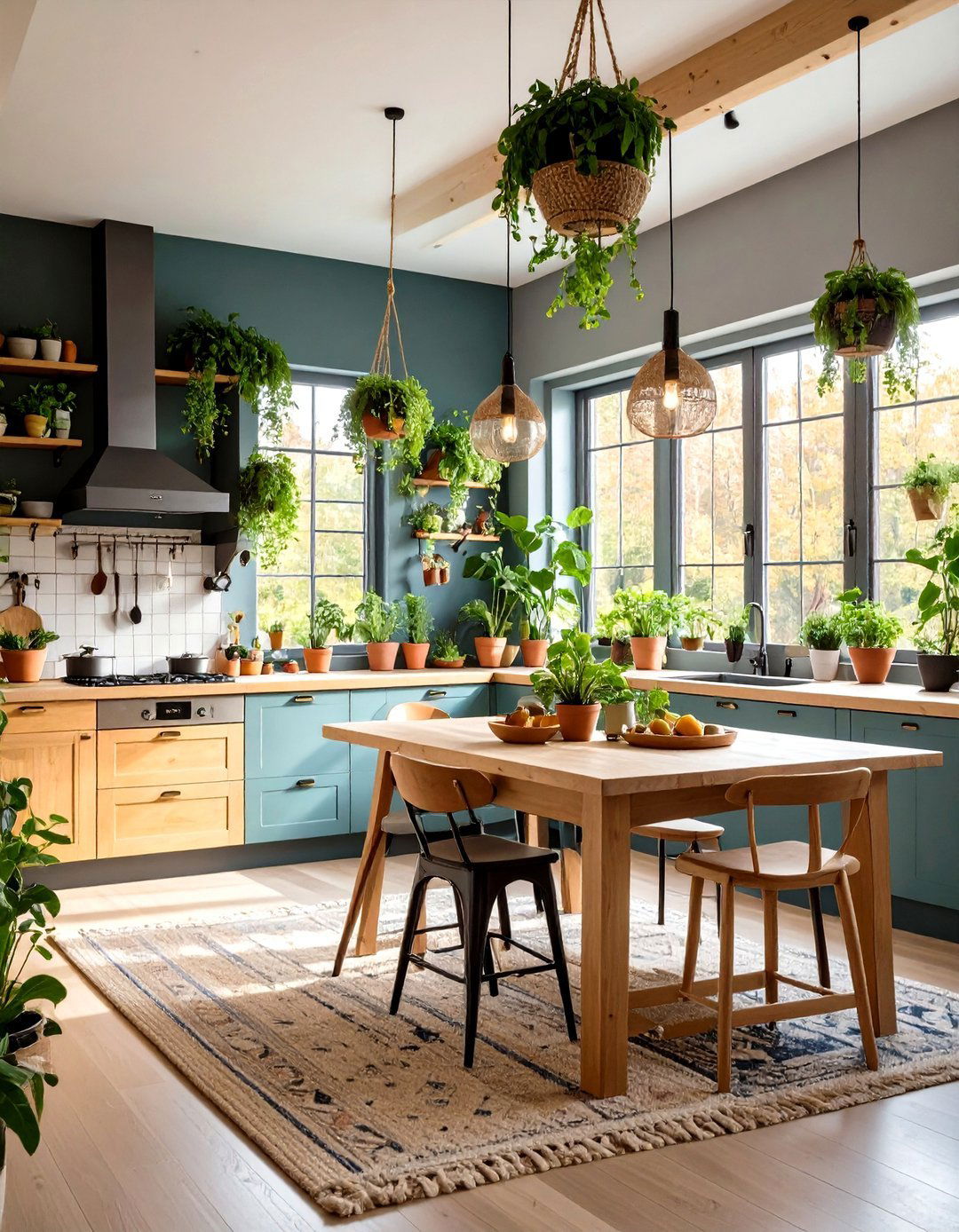
Bringing natural elements indoors aligns with the Scandinavian emphasis on well-being and connection to nature. Potted herbs, hanging planters, and small terrariums introduce greenery, purify air, and soften hard surfaces. Designers often position plants near windows to maximize light exposure and foster a sense of calm. Natural fibers—such as jute rugs or linen window treatments—complement botanical accents, reinforcing the kitchen’s harmonious, inviting atmosphere.
9. Matte Finishes

Non-glossy, matte surfaces have surged in popularity for cabinetry and hardware, lending a soft, understated elegance to Scandinavian kitchens. Matte lacquers resist fingerprints and minor scratches, ensuring a consistently pristine appearance. When paired with natural wood or stone countertops, these finishes highlight texture and tone contrasts. Whether in muted neutrals or subdued pastels, matte cabinetry fosters a sophisticated, tactile quality that feels at once modern and welcoming.
10. Terrazzo Surfaces

Terrazzo—a composite material of stone chips set in resin or cement—adds subtle pattern and depth to floors, countertops, and backsplashes. Available in custom aggregates and color palettes, terrazzo surfaces complement Scandinavian palettes by introducing natural flecks of marble, quartz, or granite. Durable and low-maintenance, terrazzo stands up to high traffic and spills, making it both a practical and stylish choice. Designers often pair it with simple cabinetry to let the intricate flooring become a focal point.
11. Statement Lighting
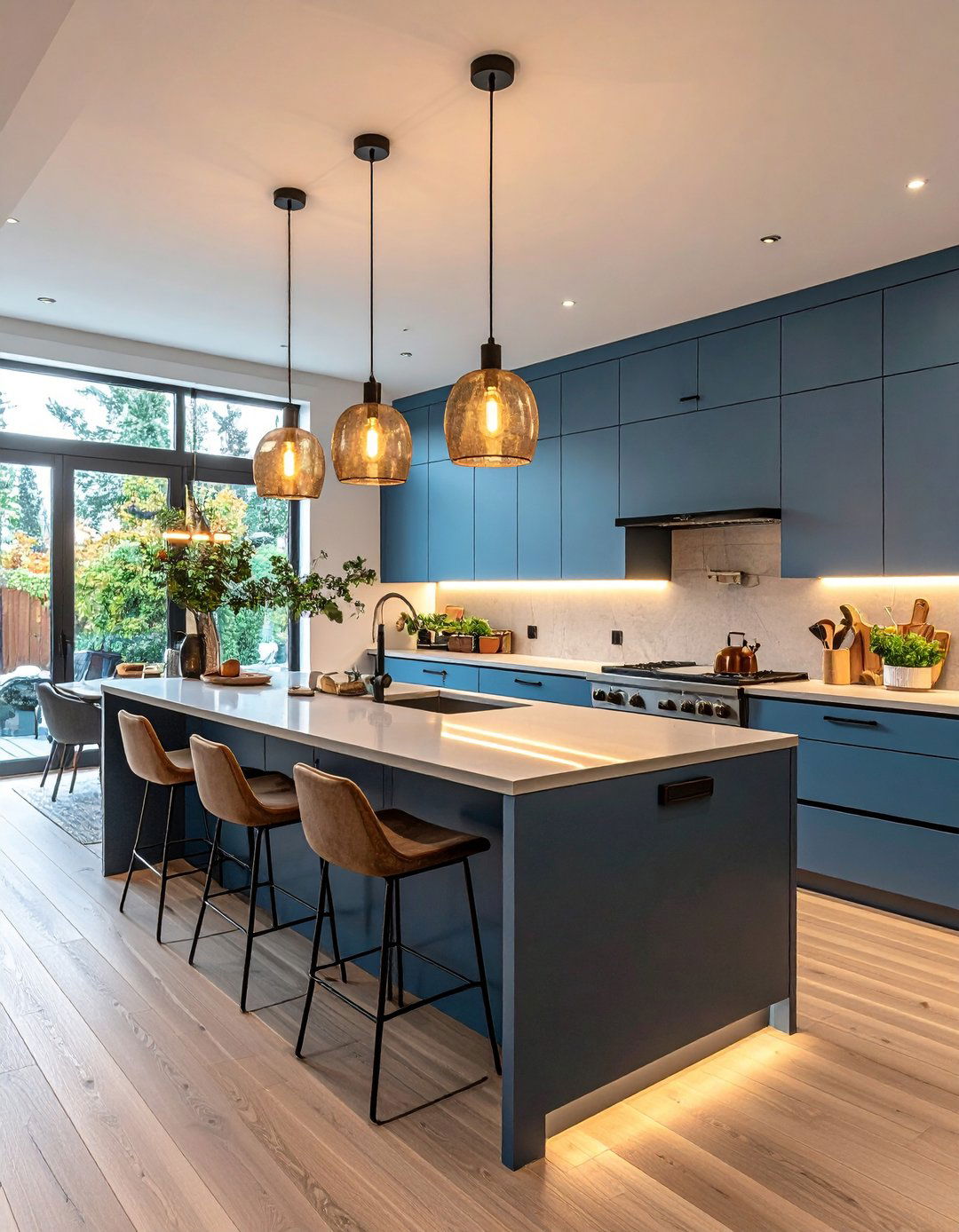
Pendant lamps and sculptural fixtures serve as focal points in minimalist kitchens, balancing functional illumination with sculptural form. Oversized metal or ceramic pendants above islands anchor the layout, while sleek track or recessed lighting ensures even task lighting. Warm LED bulbs mimic natural daylight, preserving the kitchen’s bright, airy feel even on overcast days. Accent lighting under cabinets or within shelving can further enhance ambiance and highlight select design elements.
12. Pastel Accents
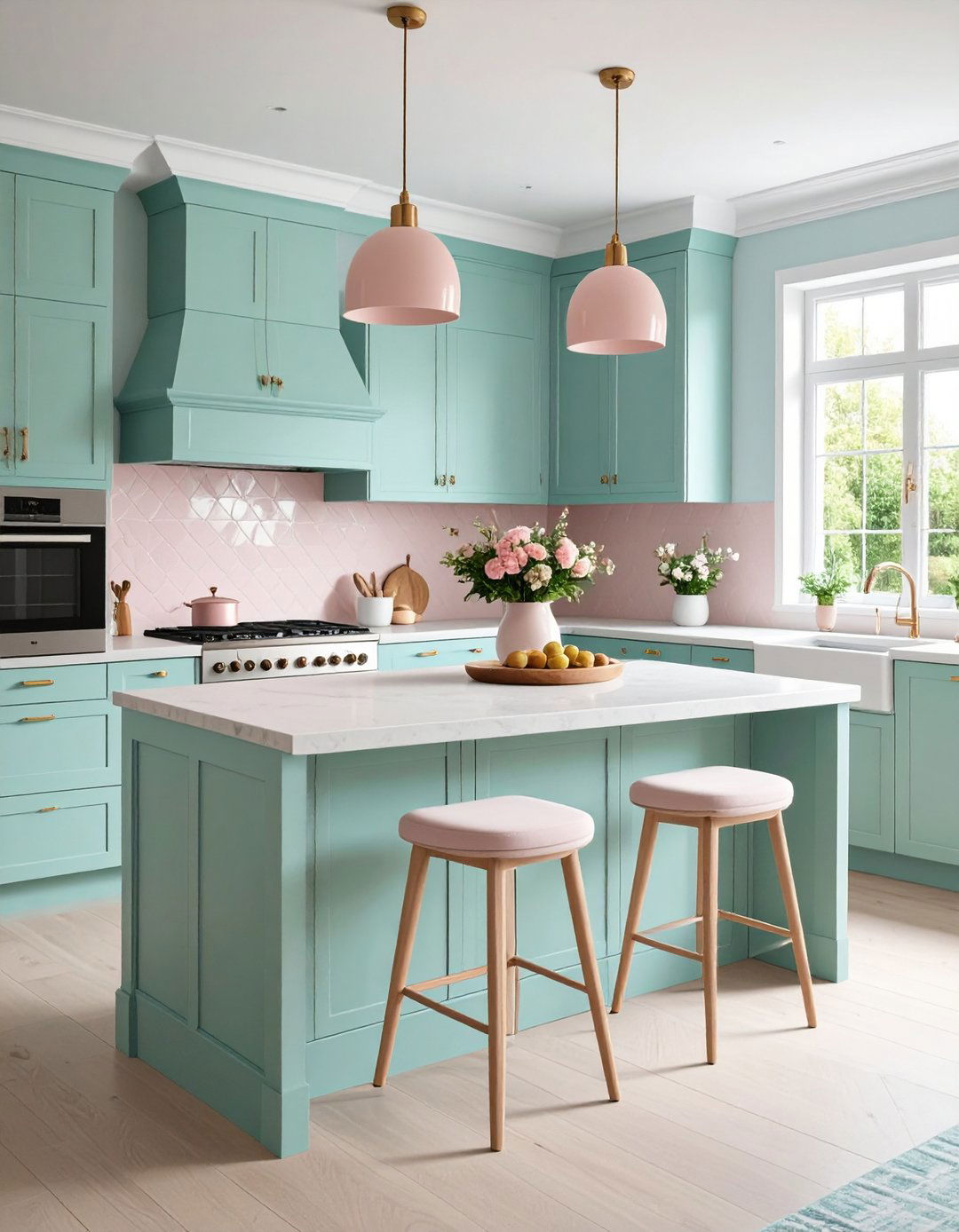
Soft pastel shades—mint green, blush pink, and powder blue—inject subtle personality into Scandinavian kitchens without overwhelming the overall serenity. Used sparingly on cabinetry, tile backsplashes, or decorative accessories, pastels evoke a sense of freshness and modernity. These hues pair beautifully with neutral wood tones and white surfaces, creating refreshing contrasts that feel both youthful and timeless.
13. Black Contrasts
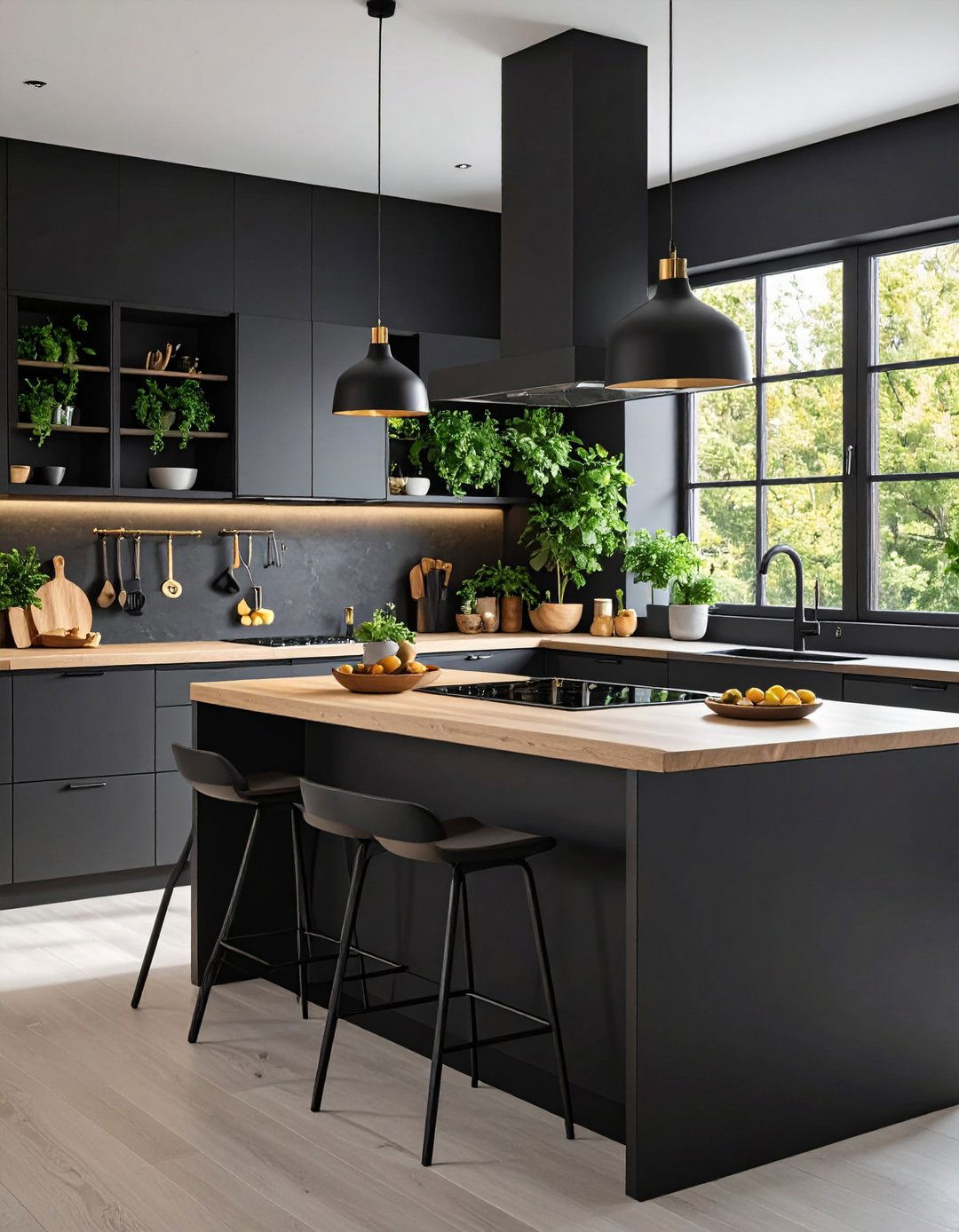
Strategic touches of black—through sinks, faucets, cabinet hardware, or trim—add depth and definition to light-filled Scandinavian kitchens. Matte black fixtures create crisp lines and lend a contemporary edge, while black window frames or open shelving brackets introduce graphic interest. When balanced with abundant natural light and soft neutrals, these dark accents elevate the kitchen’s sophistication without detracting from its signature brightness.
14. Mixed Textures
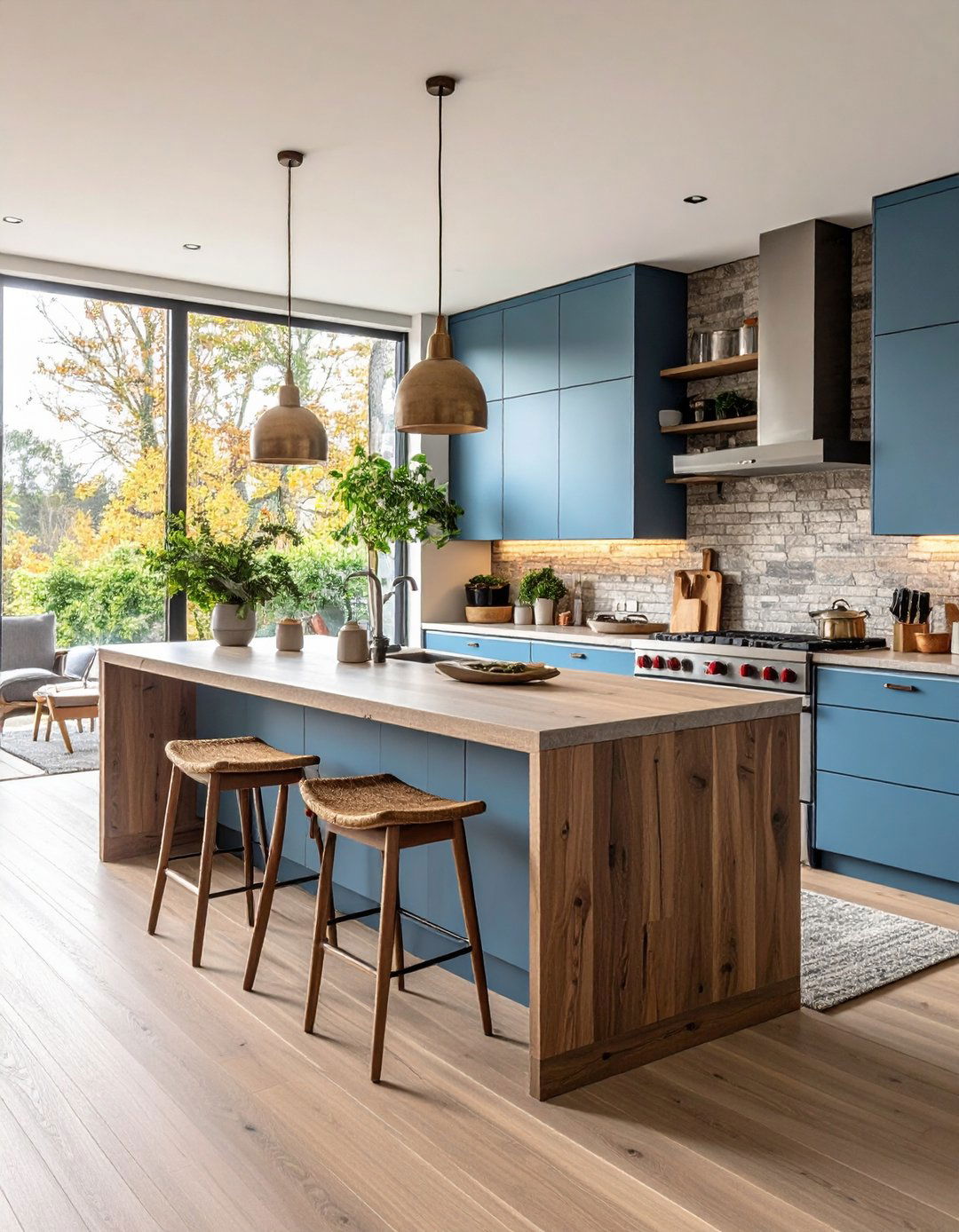
Layering materials—smooth stone, textured wood, woven textiles, and metal accents—enhances the tactile richness of Scandinavian kitchens. Fluted or reeded cabinet fronts contrast with sleek countertops, while subtle grout lines in tile backsplashes play off natural wood grains. Adding a soft rug or cushioned bench seat breaks up hard surfaces, making the kitchen feel more inviting. This thoughtful interplay of textures adds character and warmth to otherwise minimalist spaces.
15. Vintage Touches
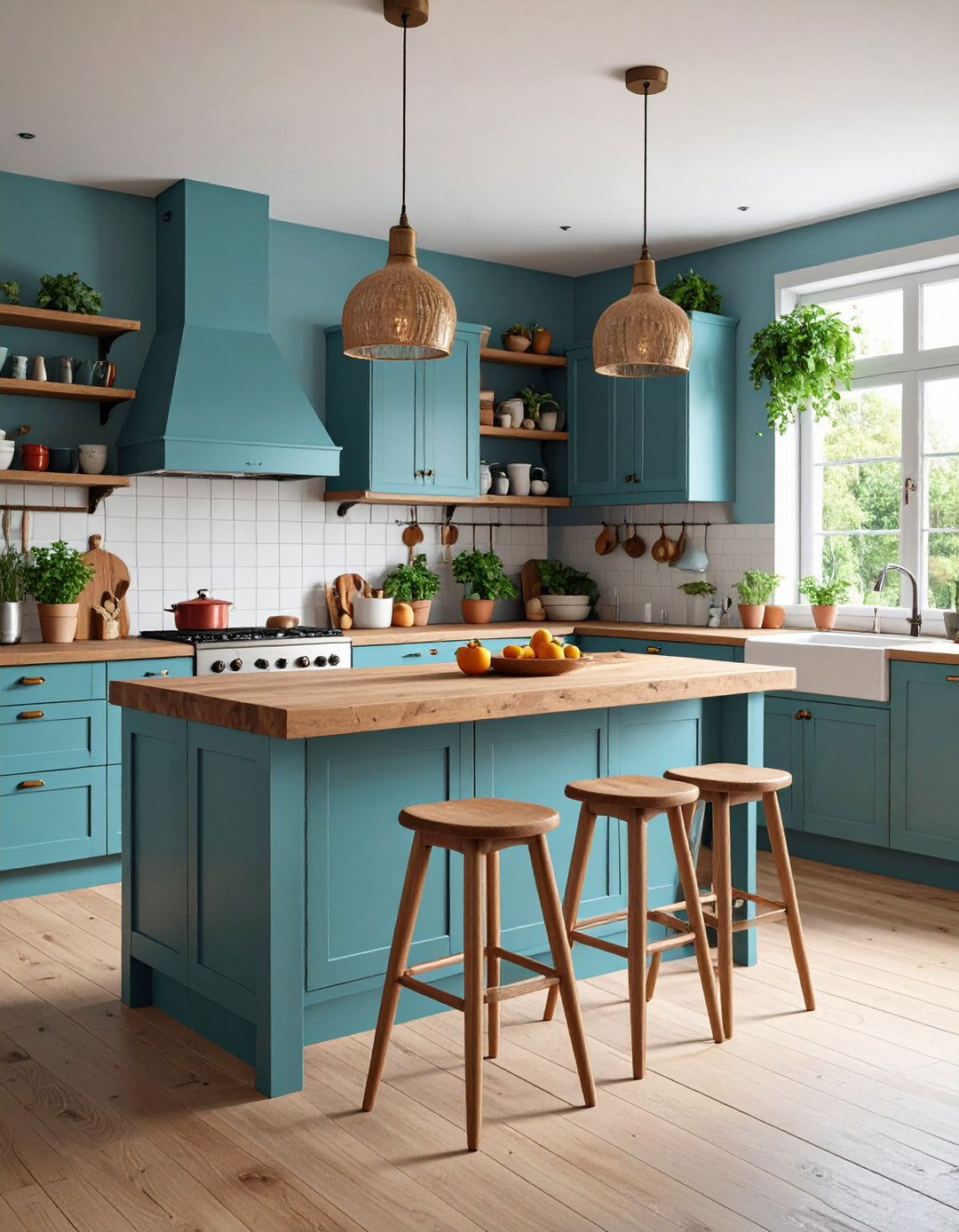
Incorporating second-hand or vintage elements—such as mid-century stools, farmhouse sinks, or retro lighting—injects charm and personality into Scandinavian kitchens. Vintage ceramic floor tiles or salvaged wood shelves add history and uniqueness, while period-style hardware provides subtle nostalgia. Mixing old and new pieces encourages sustainability and storytelling, ensuring the kitchen feels curated rather than cataloged.
16. Sustainable Materials
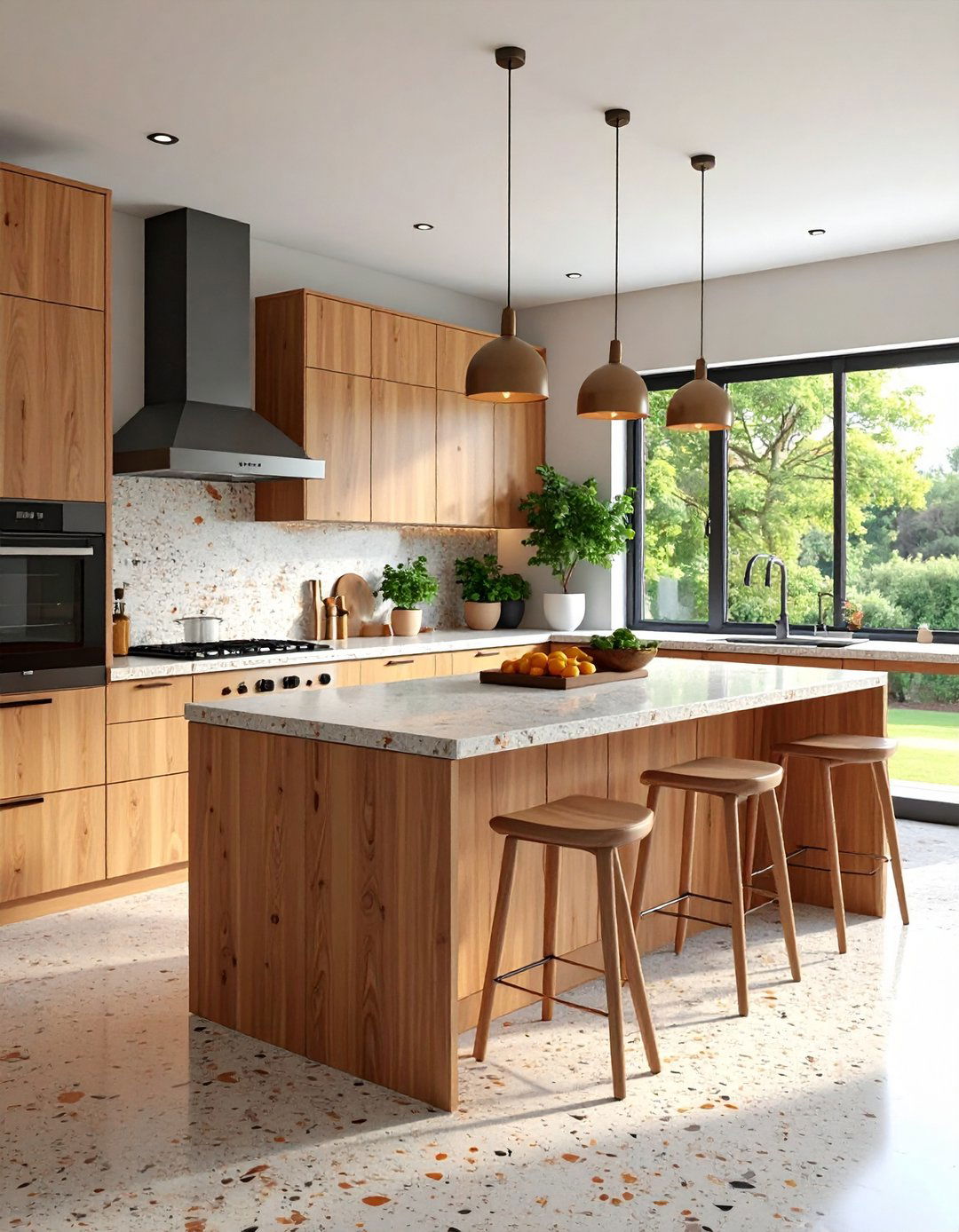
Designers are increasingly specifying eco-friendly materials to reduce environmental impact. Sustainably sourced woods, such as FSC-certified oak and walnut, underpin cabinetry and open shelving, while stone countertops emphasize longevity. Terrazzo surfaces often employ recycled stone chips, repurposing waste materials into durable, stylish finishes. By choosing materials that age gracefully and require minimal replacement, homeowners create kitchens that endure both aesthetically and ethically.
17. Compact Kitchen Solutions
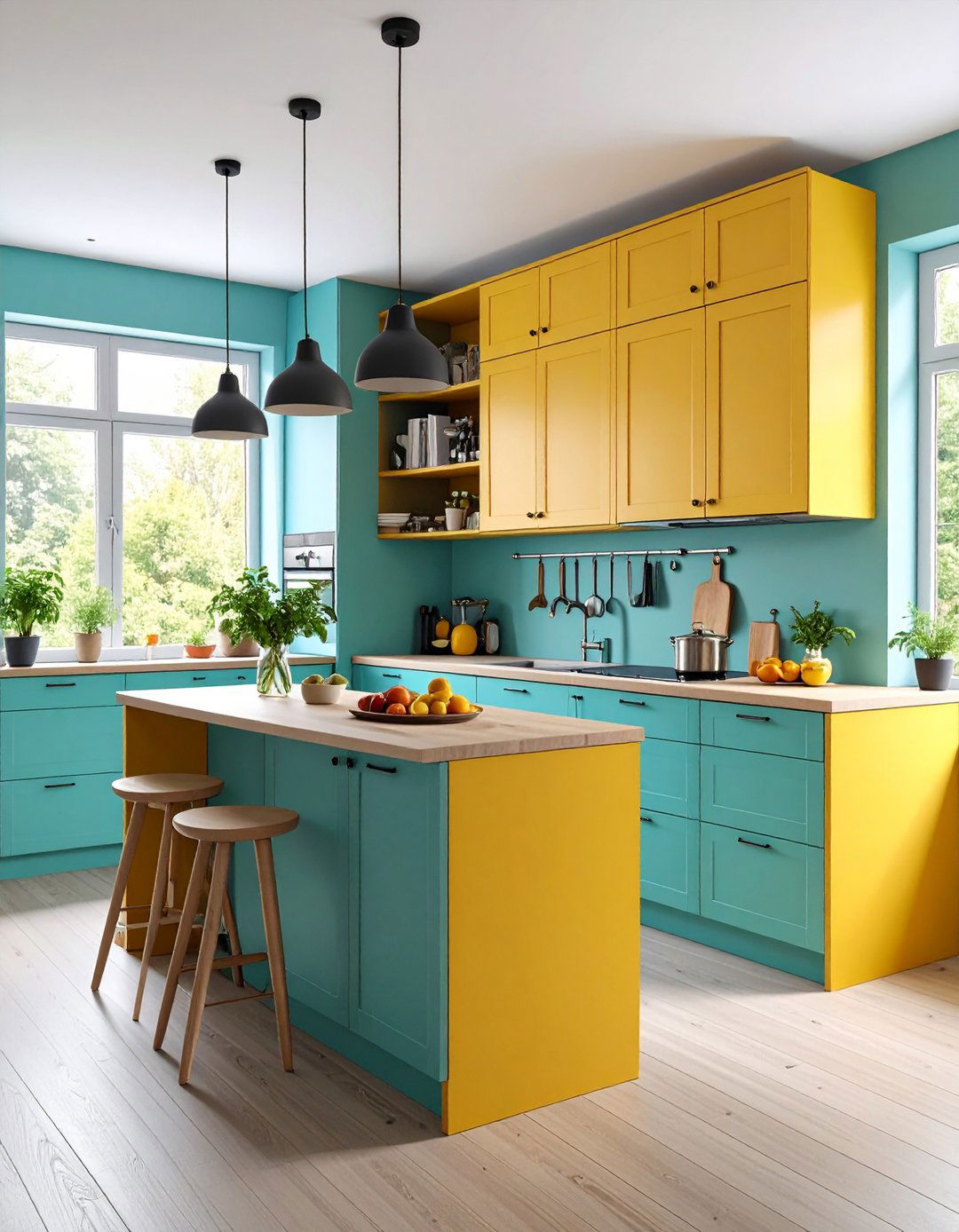
Small-space kitchens benefit from Scandinavian principles of efficiency and light. Galley layouts optimize every linear foot, while vertical storage—tall cabinets and ceiling-high shelving—maximizes capacity without encroaching on floor area. Fold-away tables or drop-leaf islands provide flexible work surfaces, and reflective surfaces, like glossy back panels or light-tone cabinetry, amplify natural light. Strategic planning ensures even modest kitchens feel open and functional.
18. Smart Storage Solutions
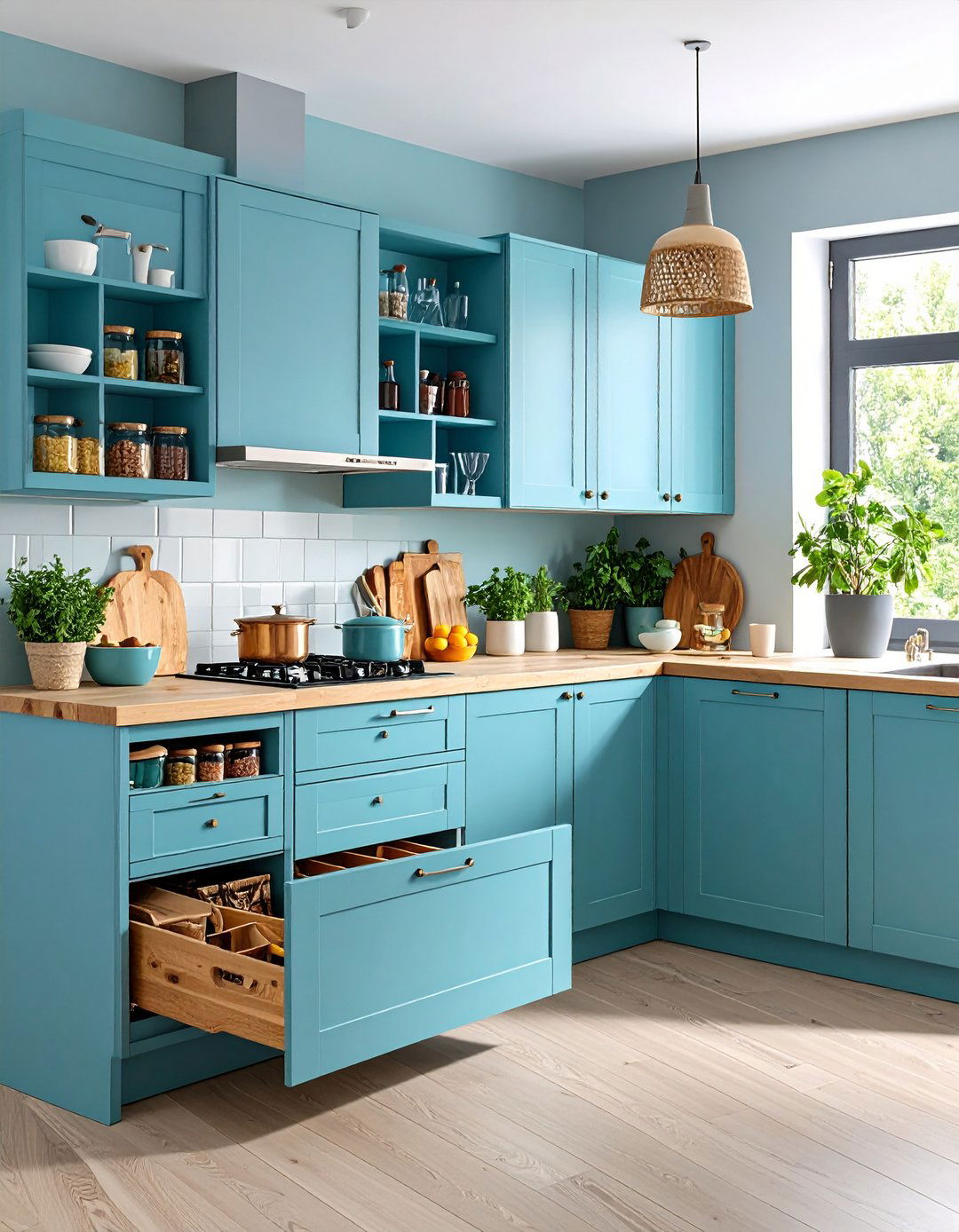
Innovative storage systems—custom drawer organizers, pull-out spice racks, and concealed bins—keep clutter at bay and streamline kitchen workflows. Deep drawers with adjustable inserts accommodate pots and pans, while vertical dividers store baking sheets and cutting boards. Corner cabinets often feature rotating carousels or pull-out trays for easy access. By tailoring storage to specific needs, homeowners maintain the clean, orderly look central to Scandinavian design.
19. Curved Cabinetry
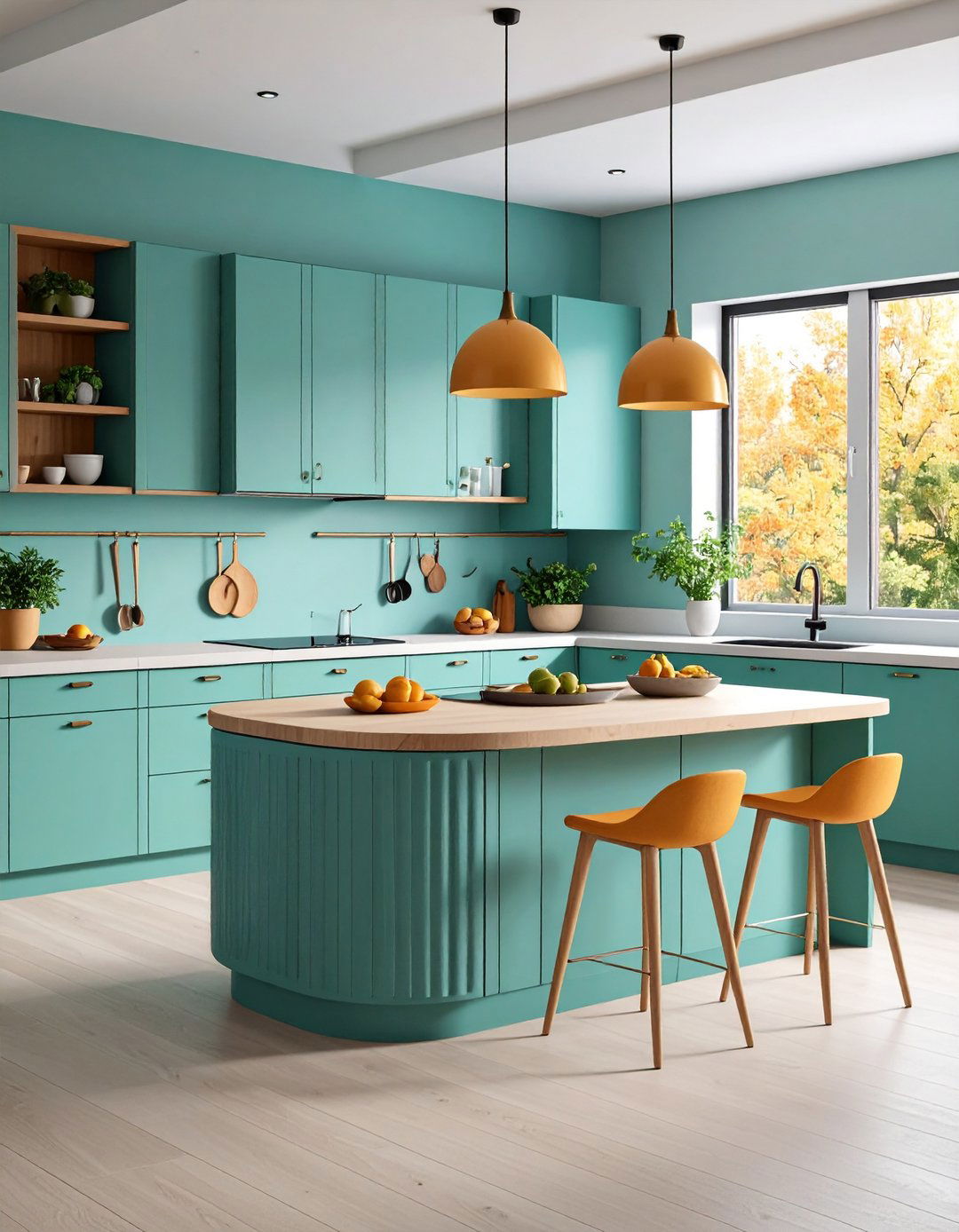
Soft, rounded edges and fluted curves are emerging as modern refinements in Scandinavian kitchens. Arched openings, bowed island ends, and softly curved drawer fronts introduce subtle elegance, breaking the rigidity of straight lines. Curved cabinetry can enhance traffic flow in tight spaces and create a more organic, welcoming environment. Paired with minimal hardware and matte finishes, these gentle forms balance warmth with contemporary flair.
20. Scandinavian-Wabi-Sabi Fusion
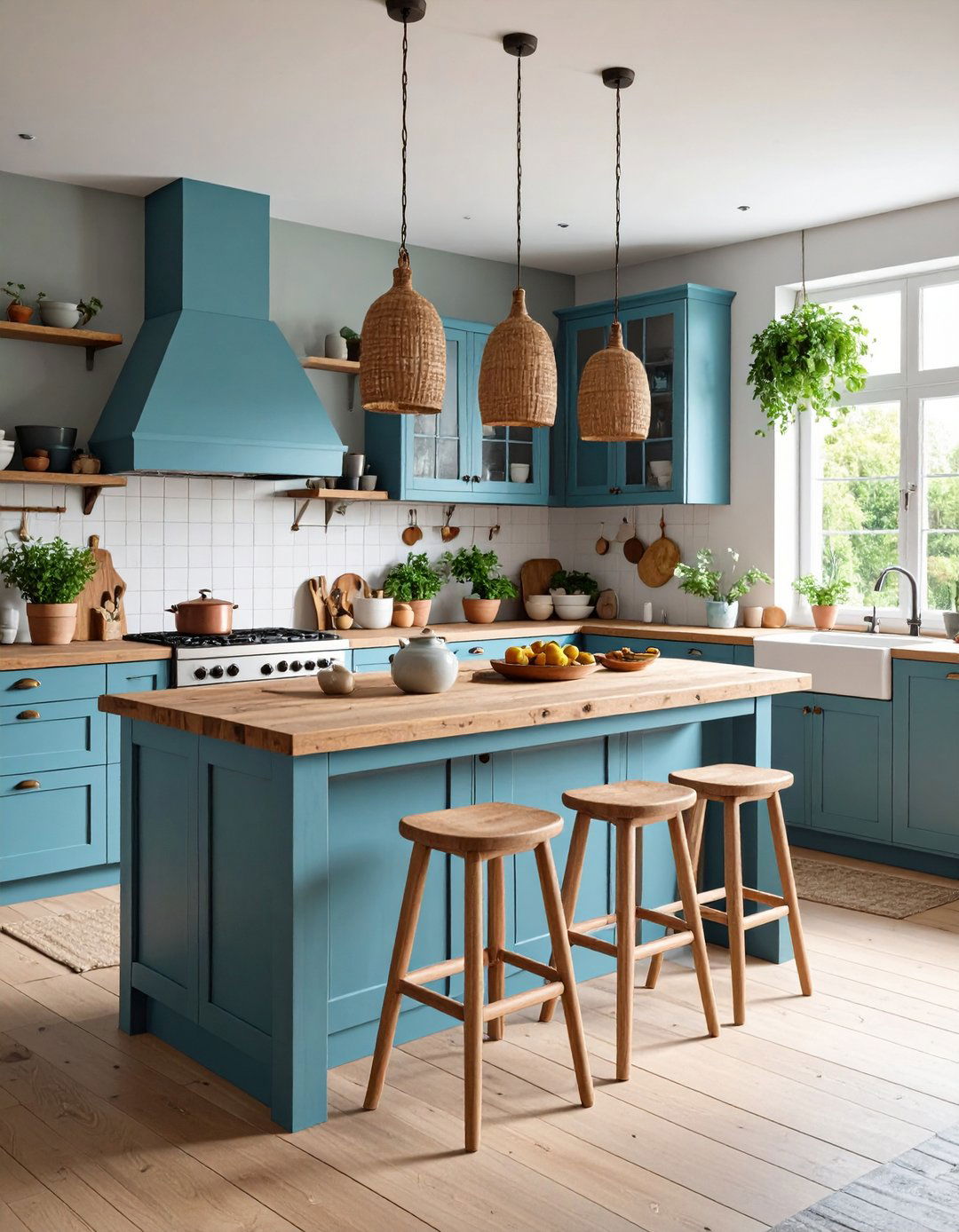
The fusion of Scandinavian minimalism with Japanese Wabi-Sabi philosophy embraces imperfection, handcrafted details, and natural simplicity. Wabi-Sabi kitchens feature weathered wood, uneven textures, and artisanal ceramics, celebrating the beauty of age and transience. This hybrid style values thoughtful simplicity, combining Scandinavian clean lines with Wabi-Sabi’s tactile authenticity. The result is a warm, personal kitchen space that feels both refined and deeply human.
Conclusion:
Scandinavian kitchen design in 2025 marries form and function through minimalist layouts, light palettes, and natural materials, all enhanced by thoughtful details and sustainable practices. From handleless cabinetry and integrated appliances to mixed textures and statement lighting, each element contributes to an environment that’s both serene and highly functional. Emerging trends—such as terrazzo surfaces, curved cabinetry, pastel accents, and Scandinavian-Wabi-Sabi fusions—ensure kitchens remain fresh and personal. By combining timeless design principles with eco-friendly materials and innovative storage solutions, today’s Scandinavian kitchens stand as enduring sanctuaries at the heart of the home.


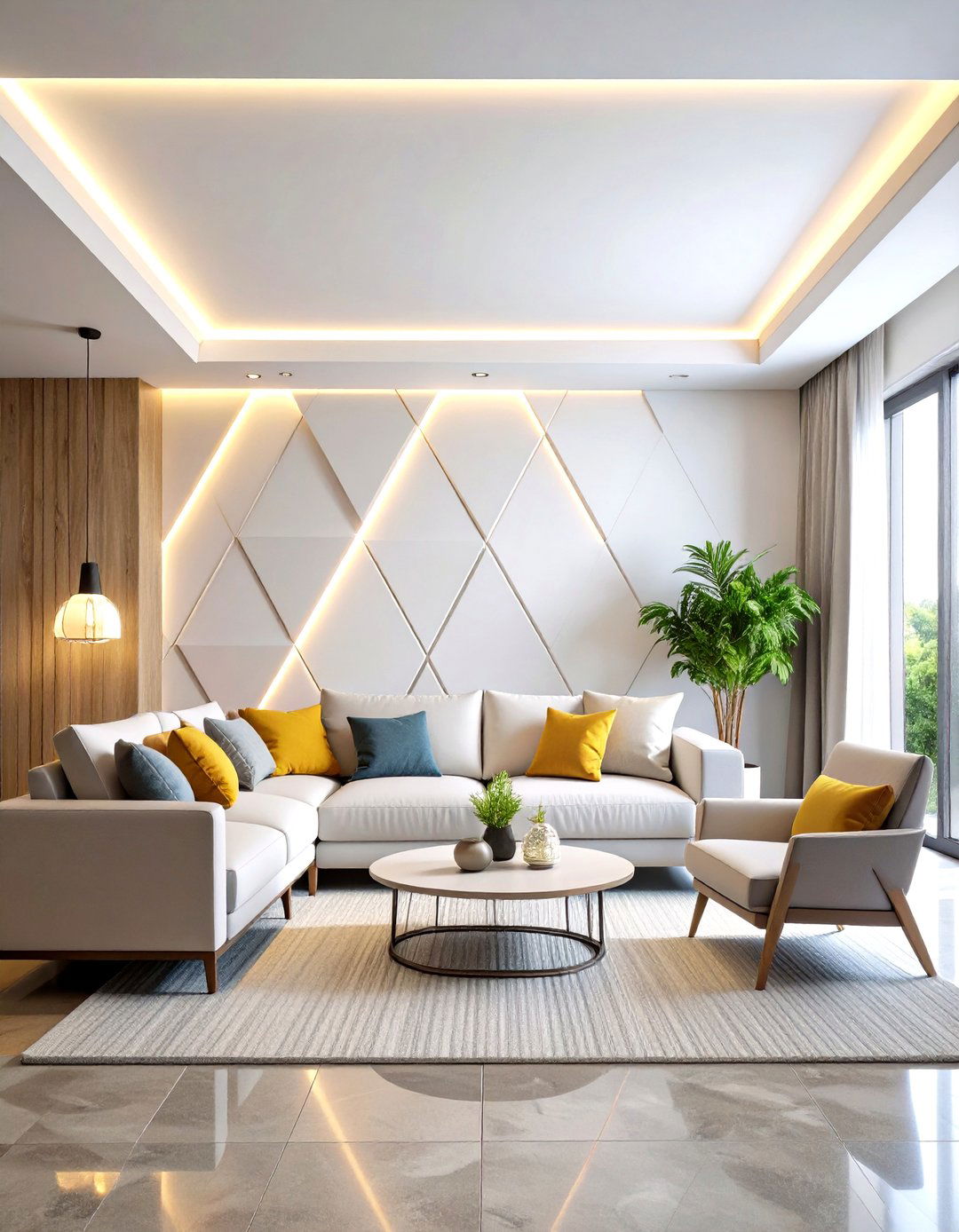
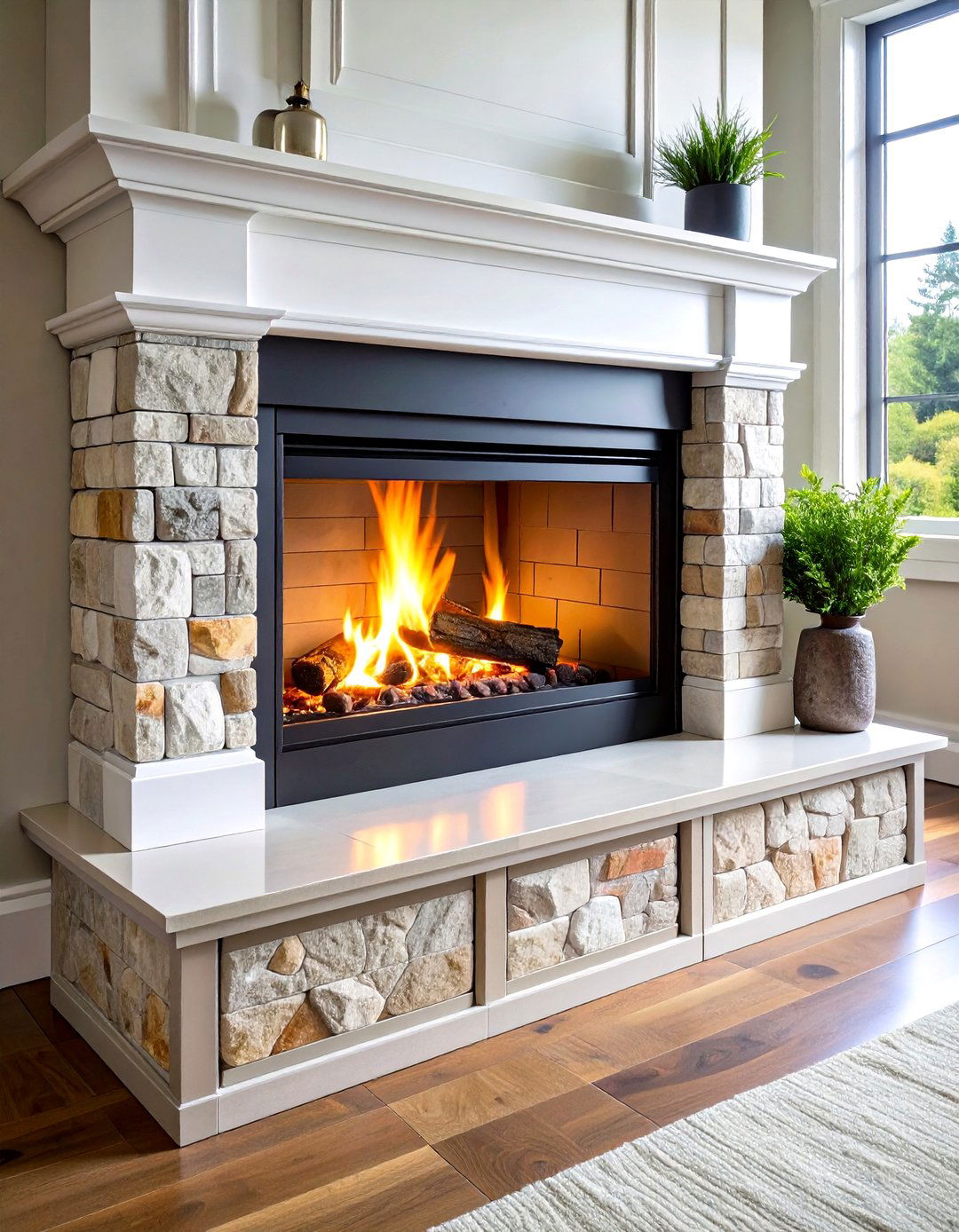
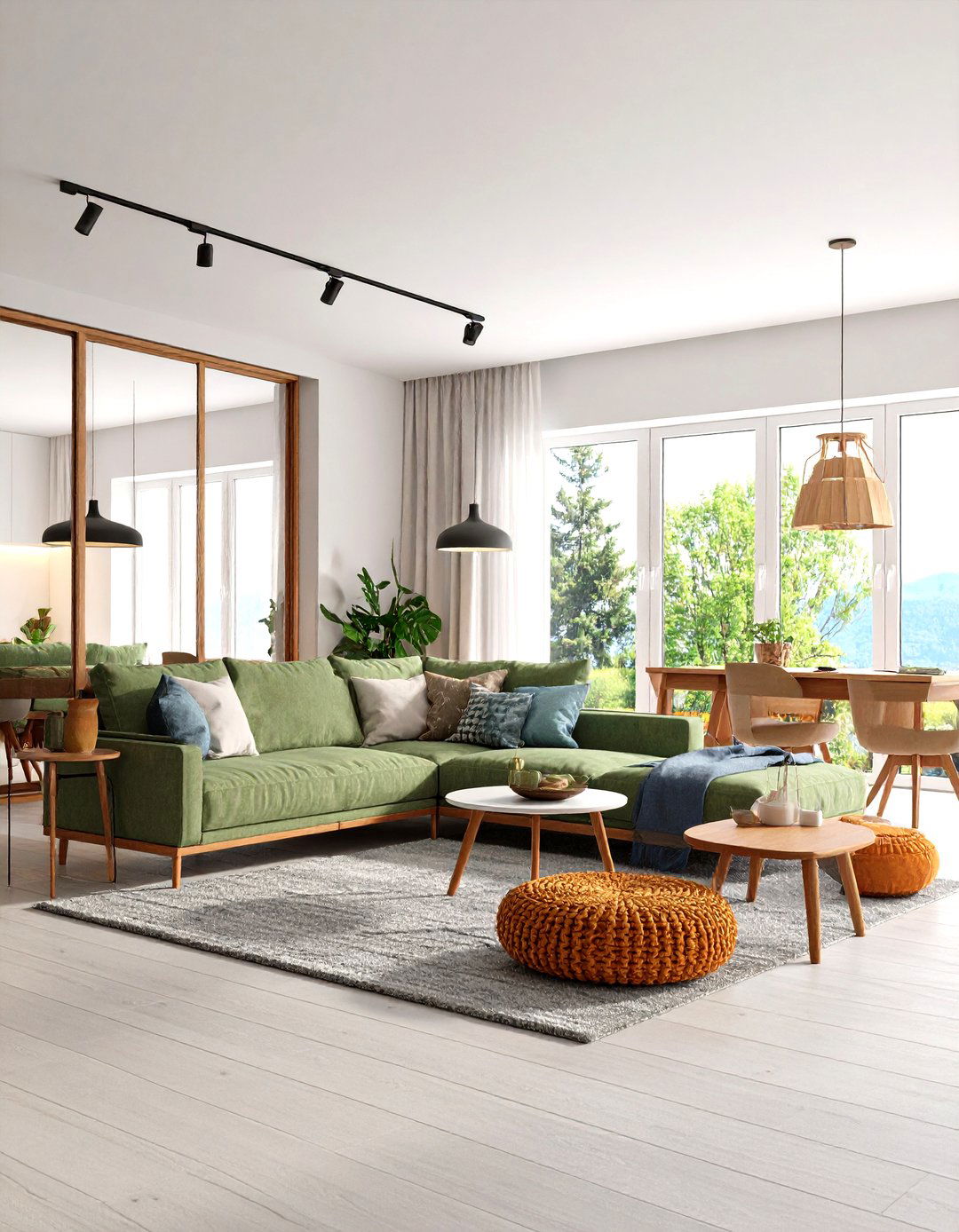
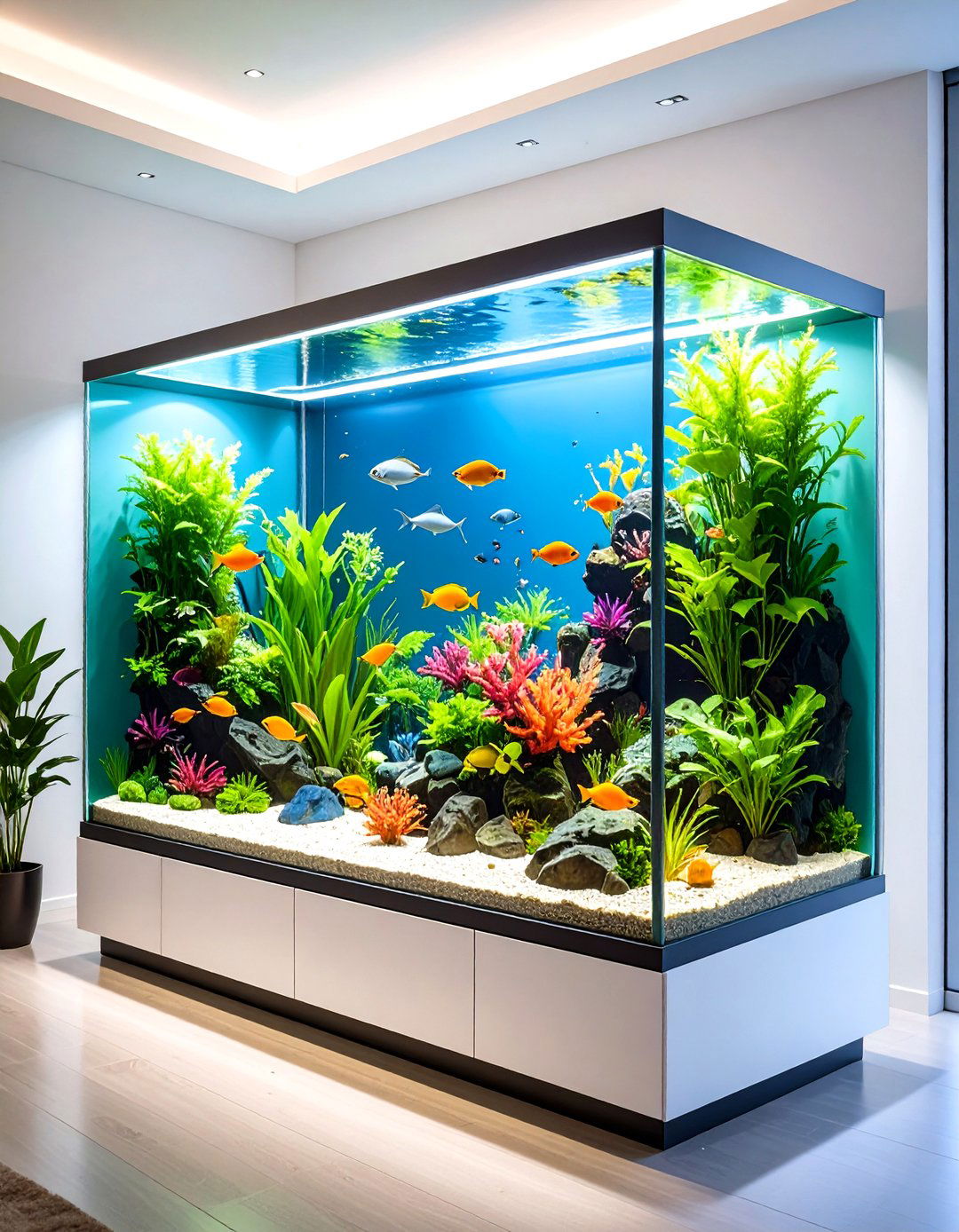
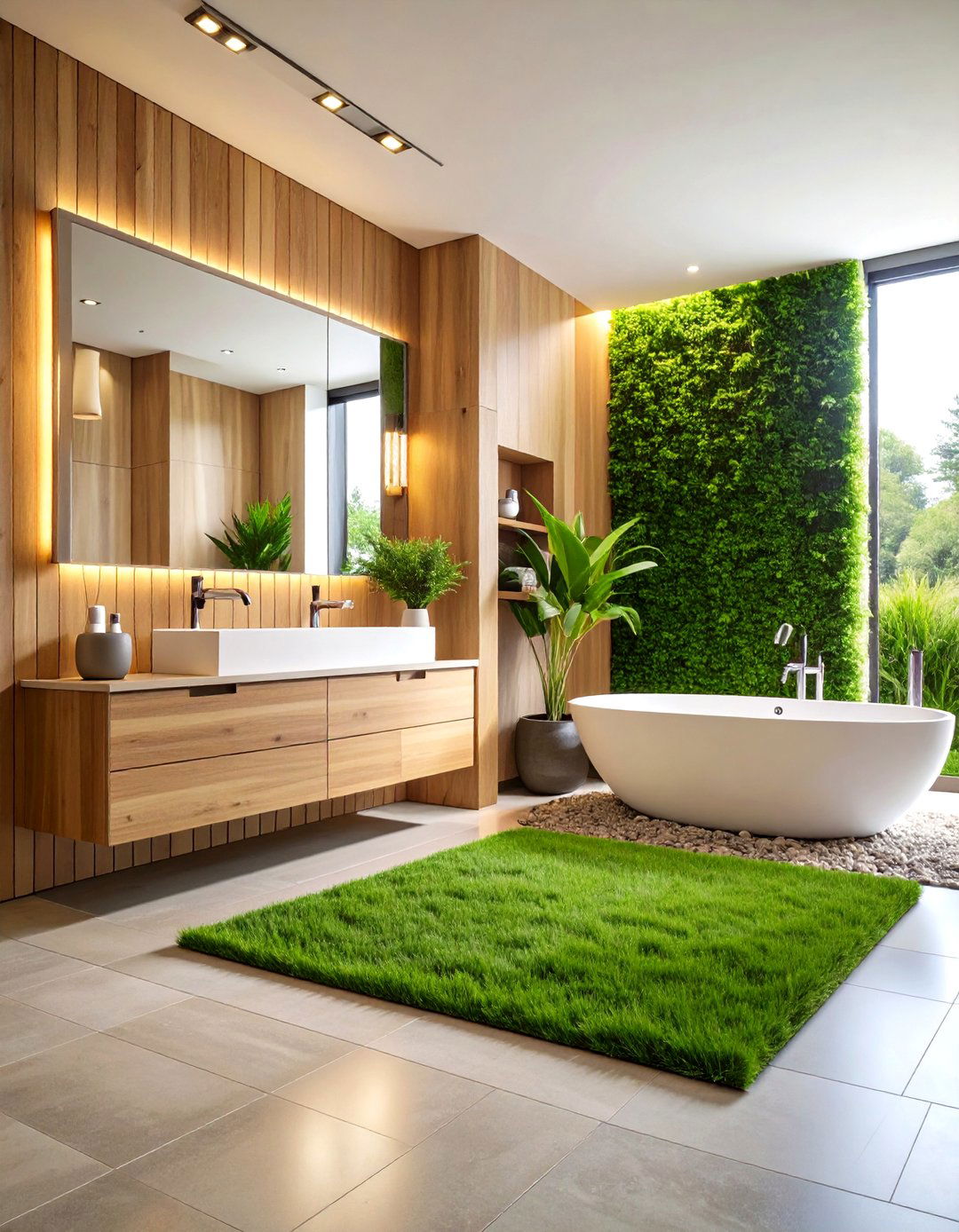
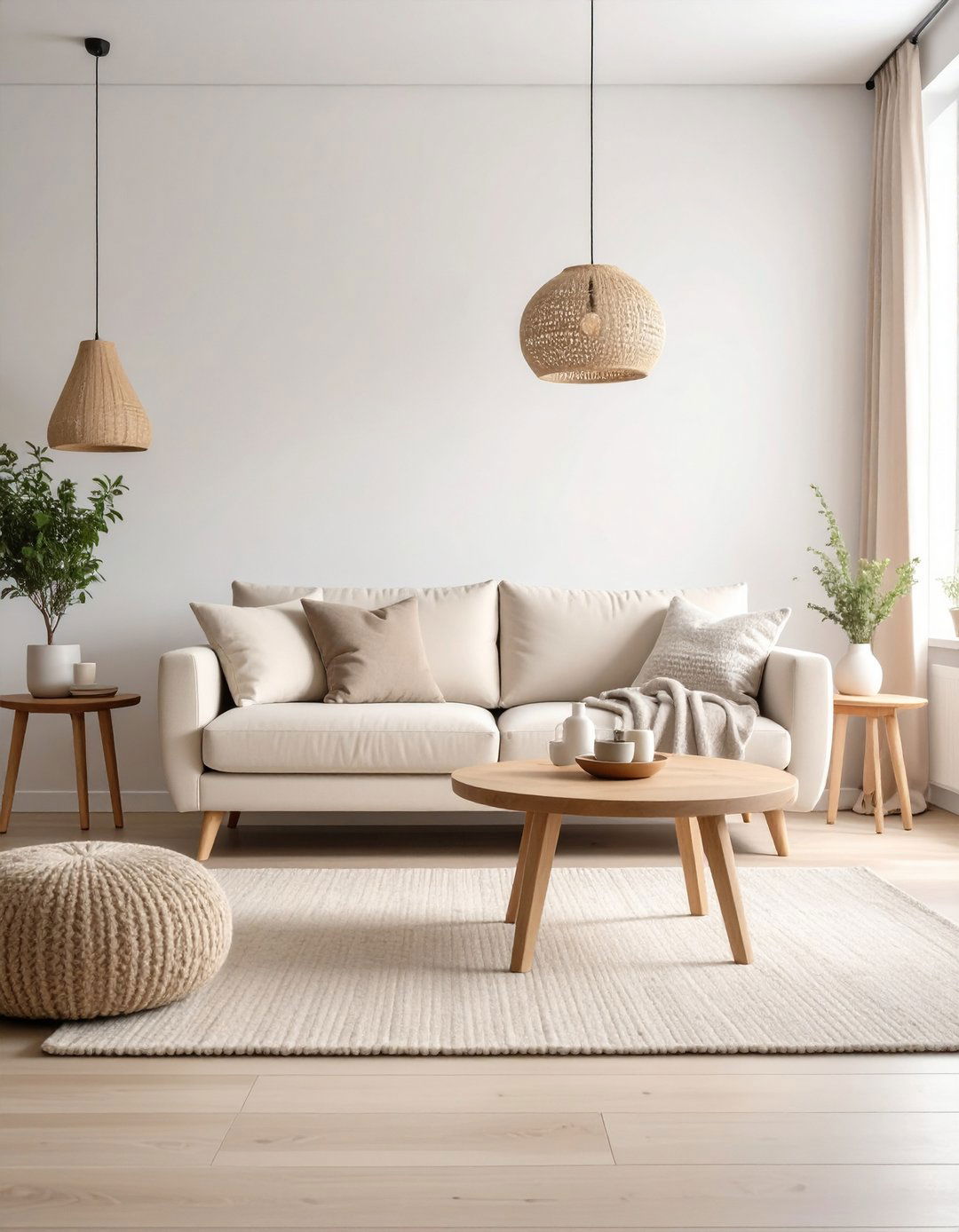
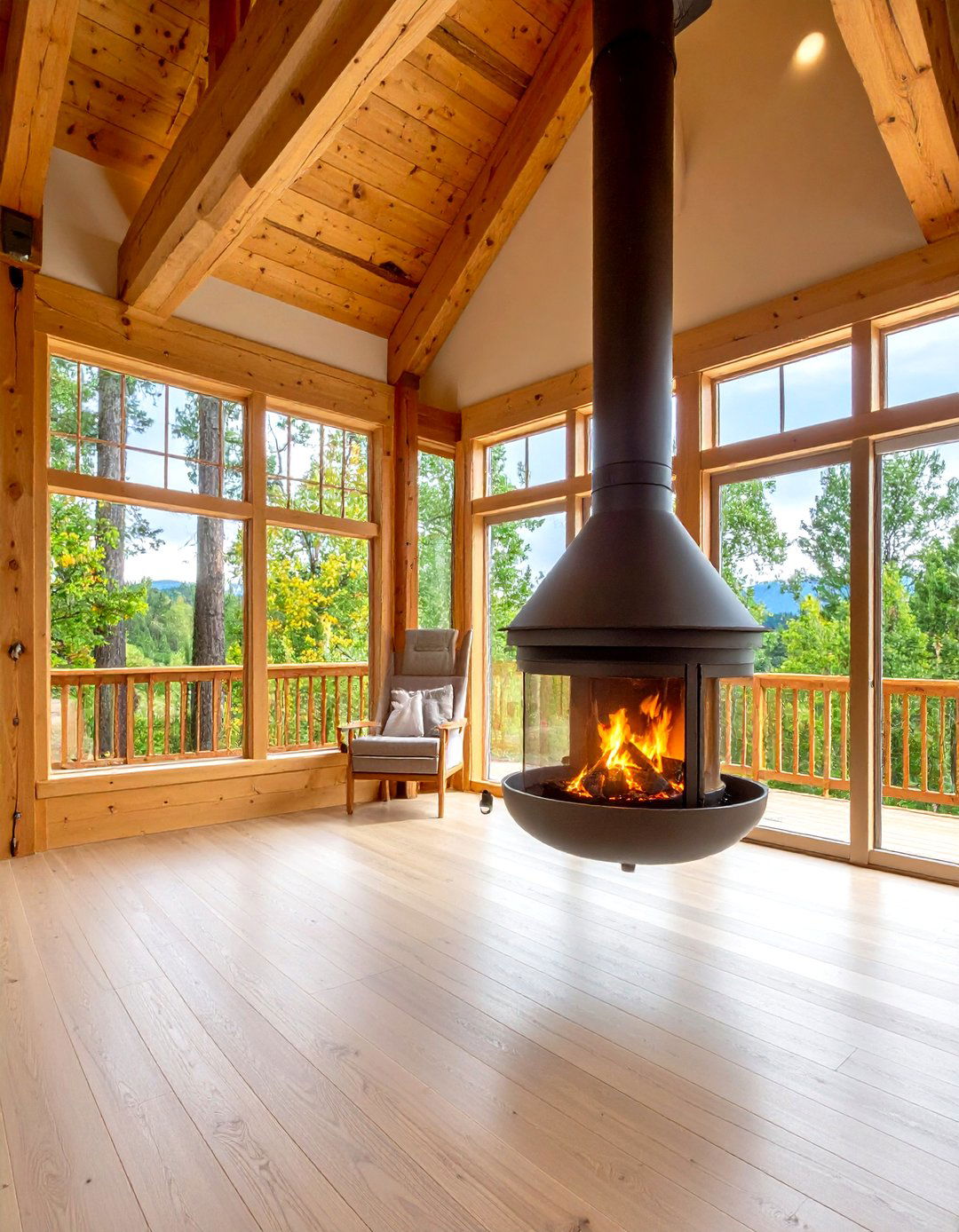
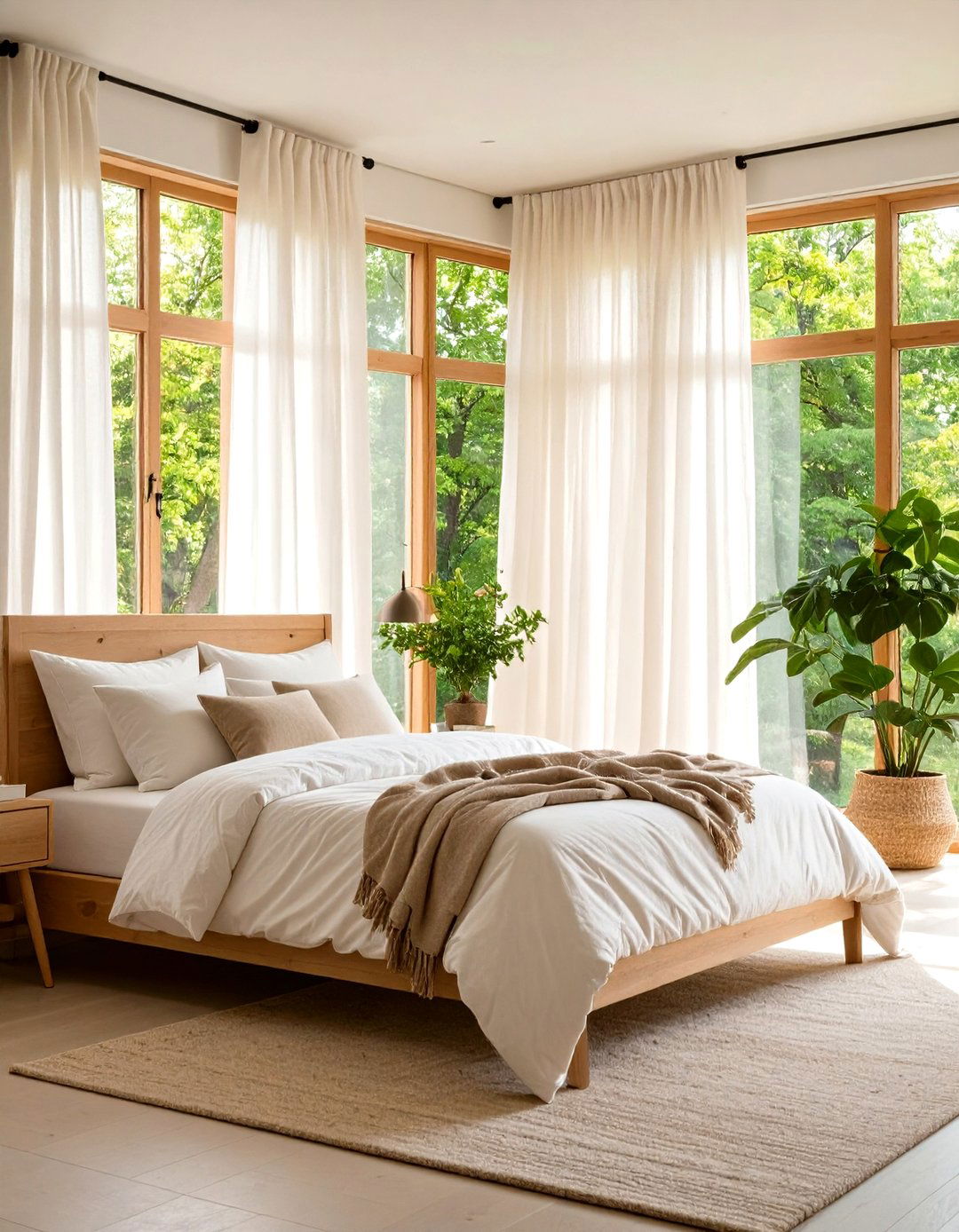
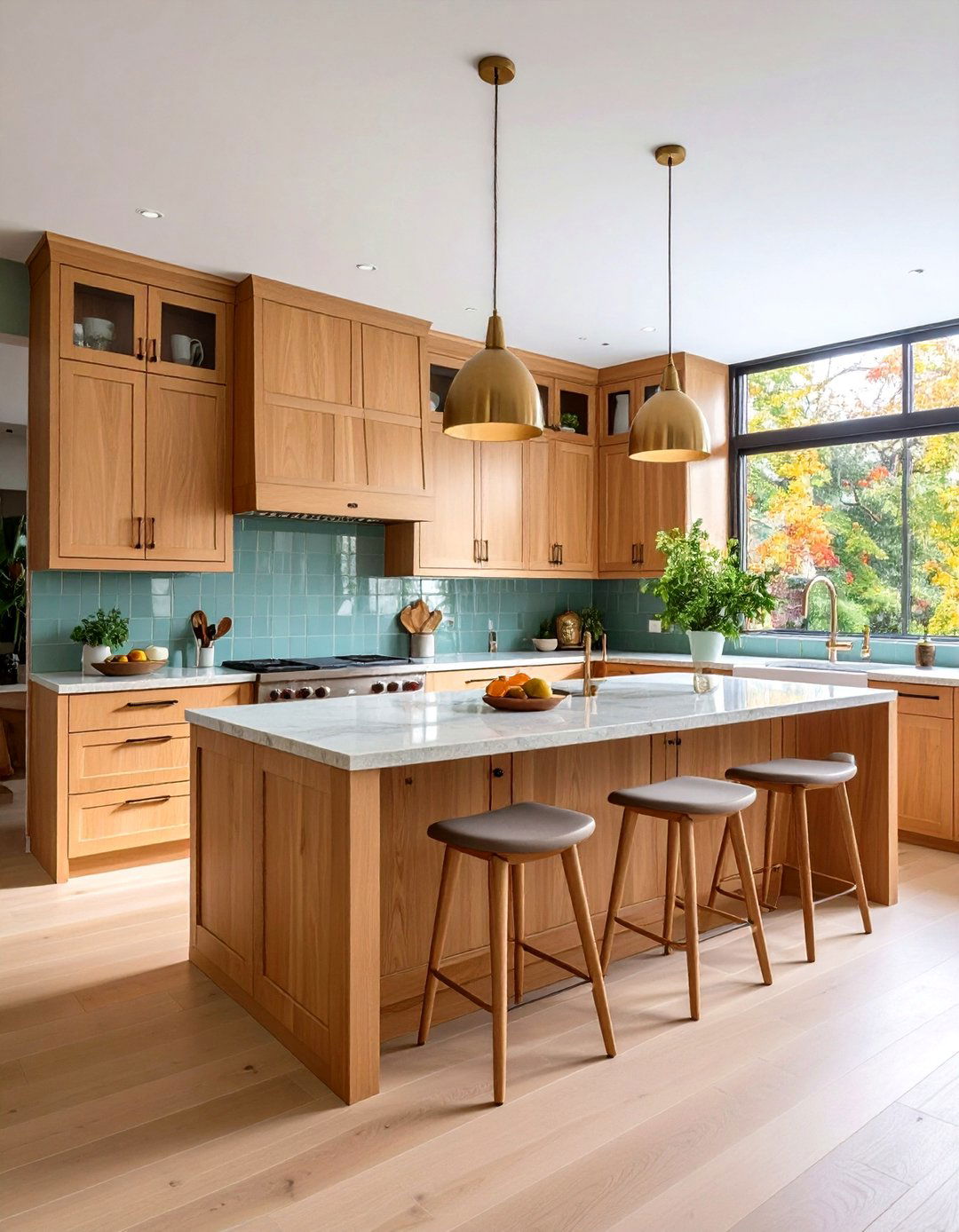
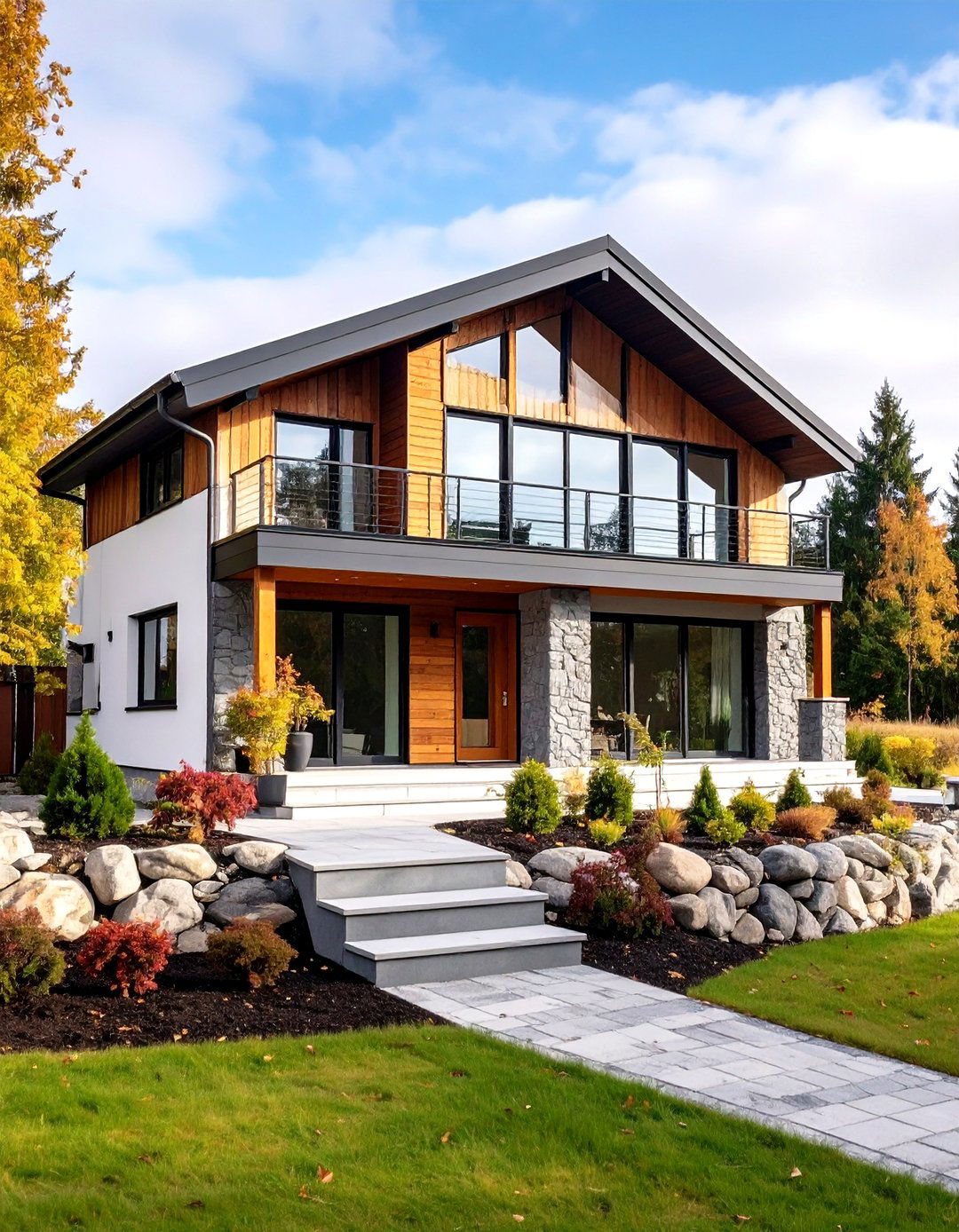
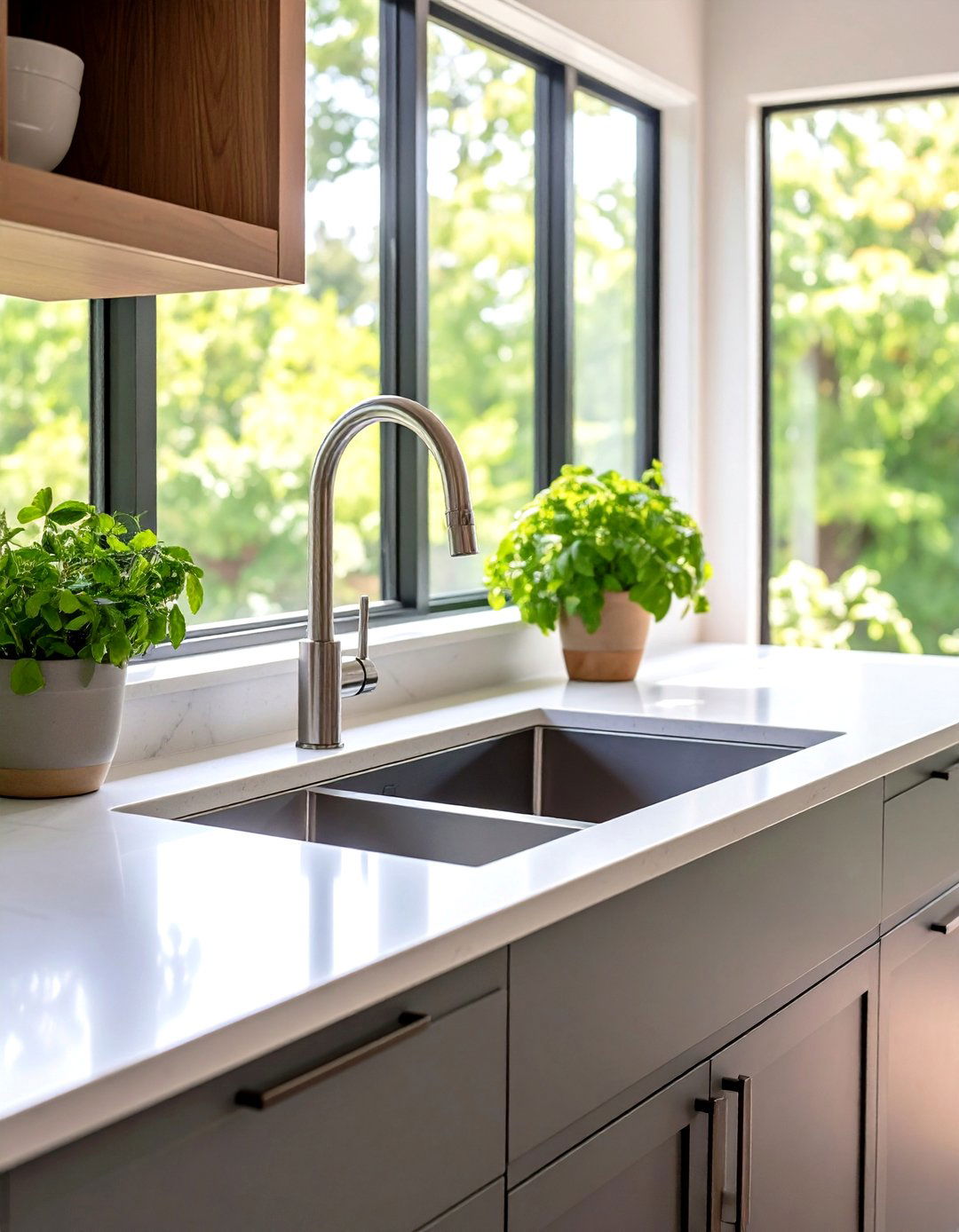
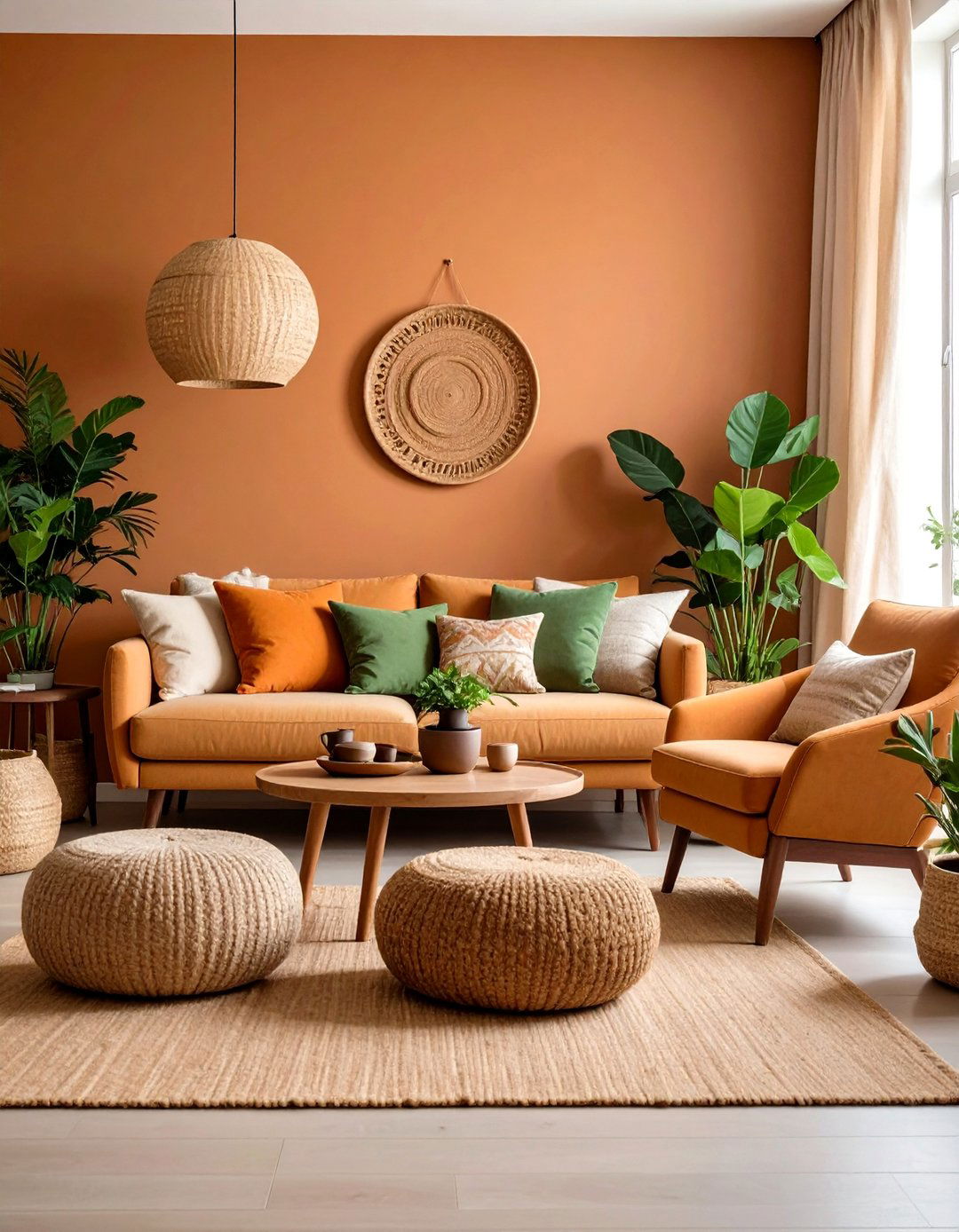
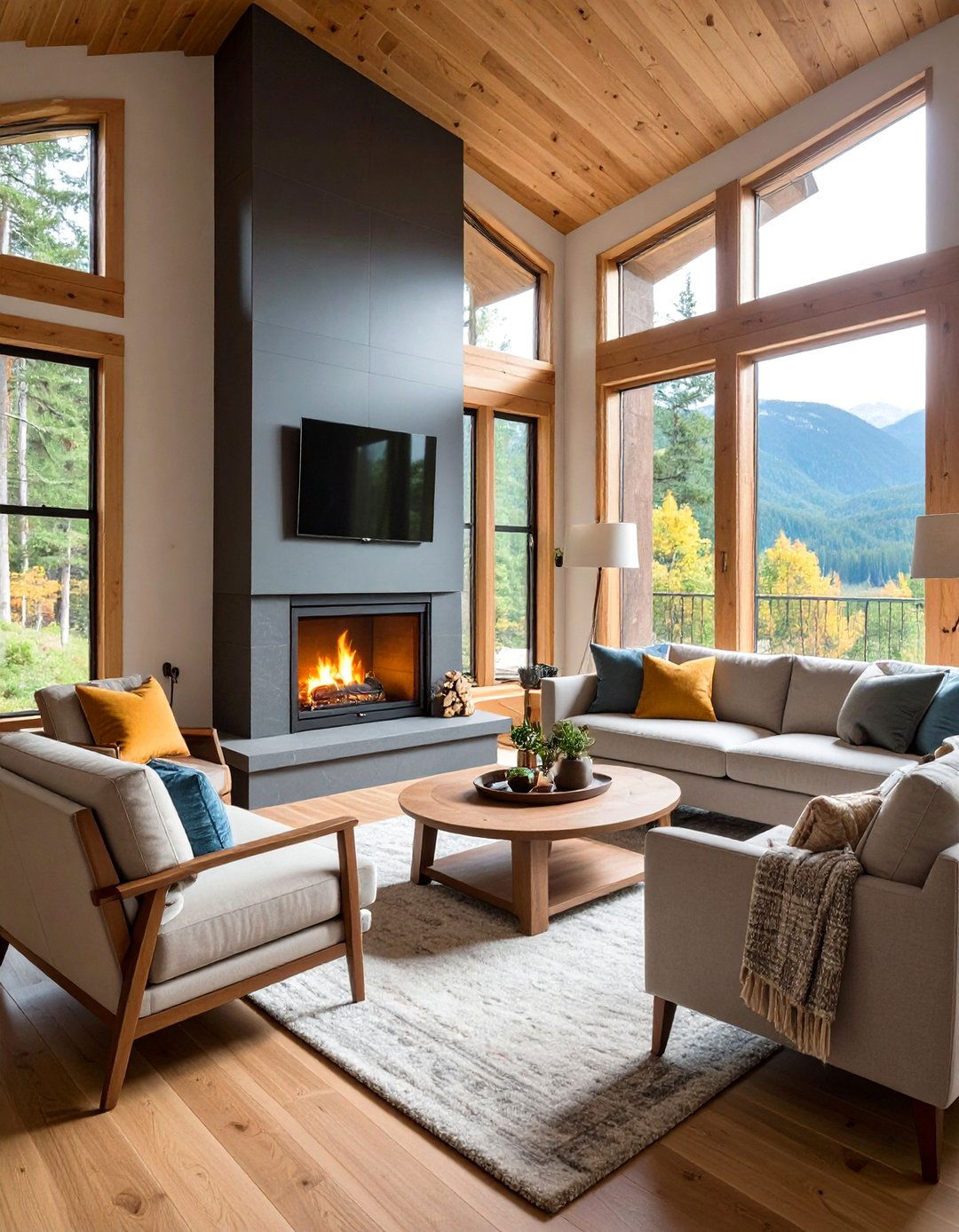
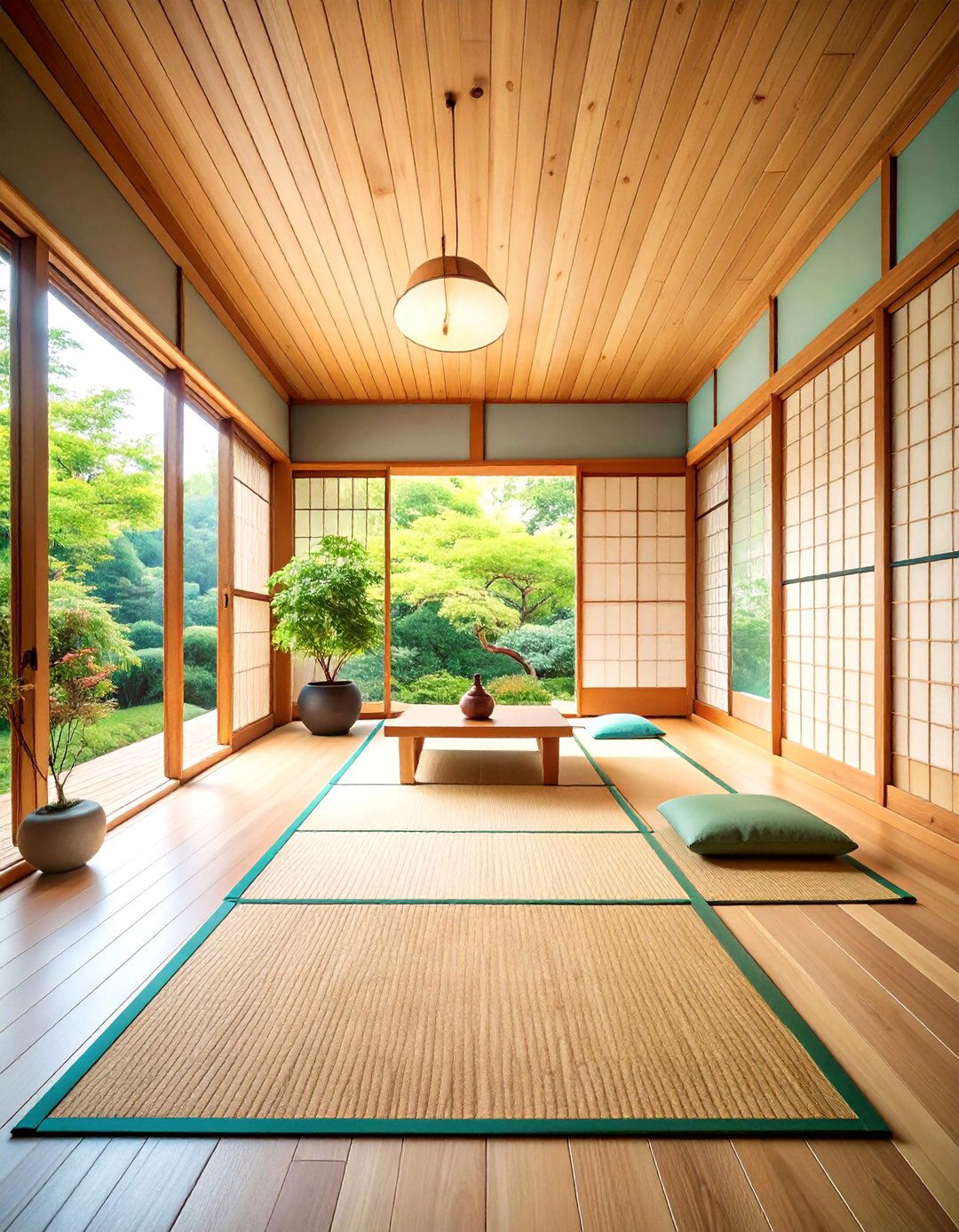
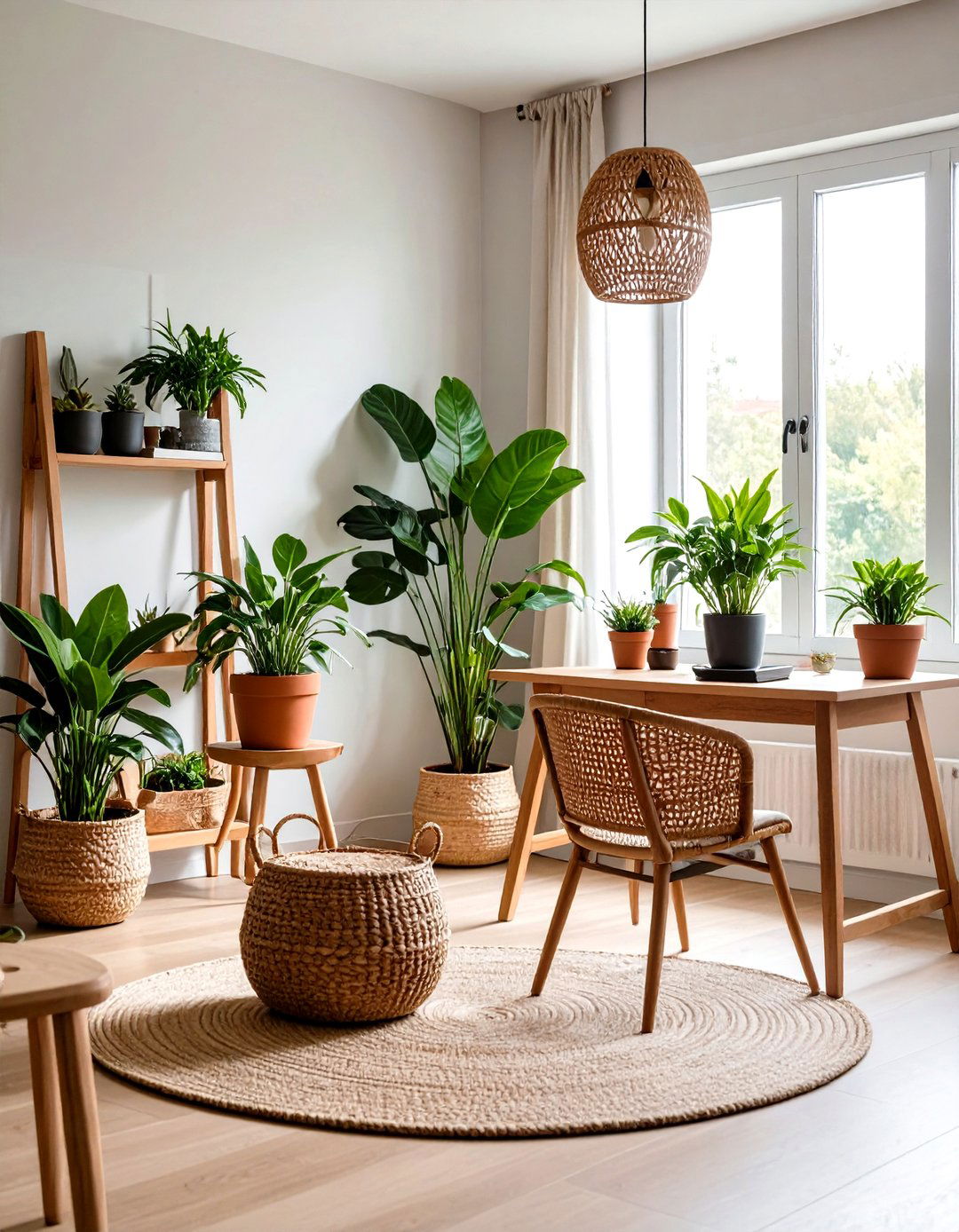
Leave a Reply